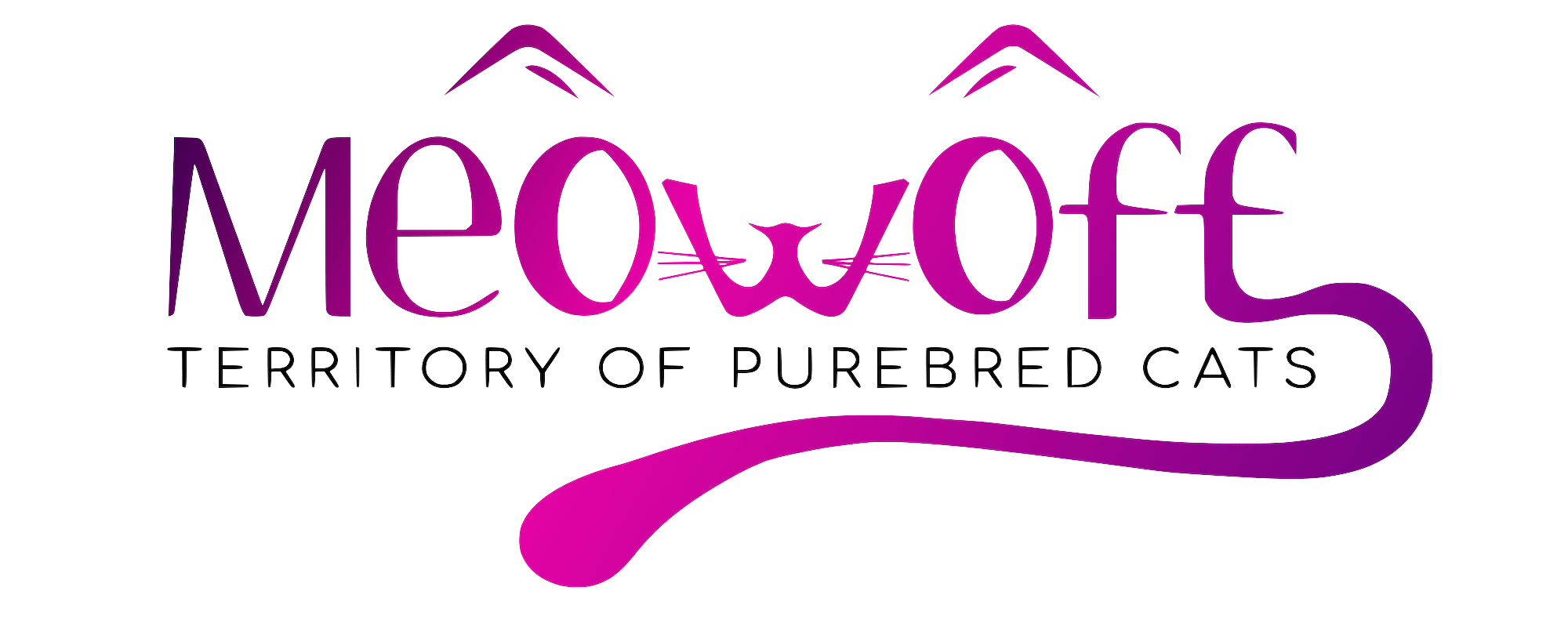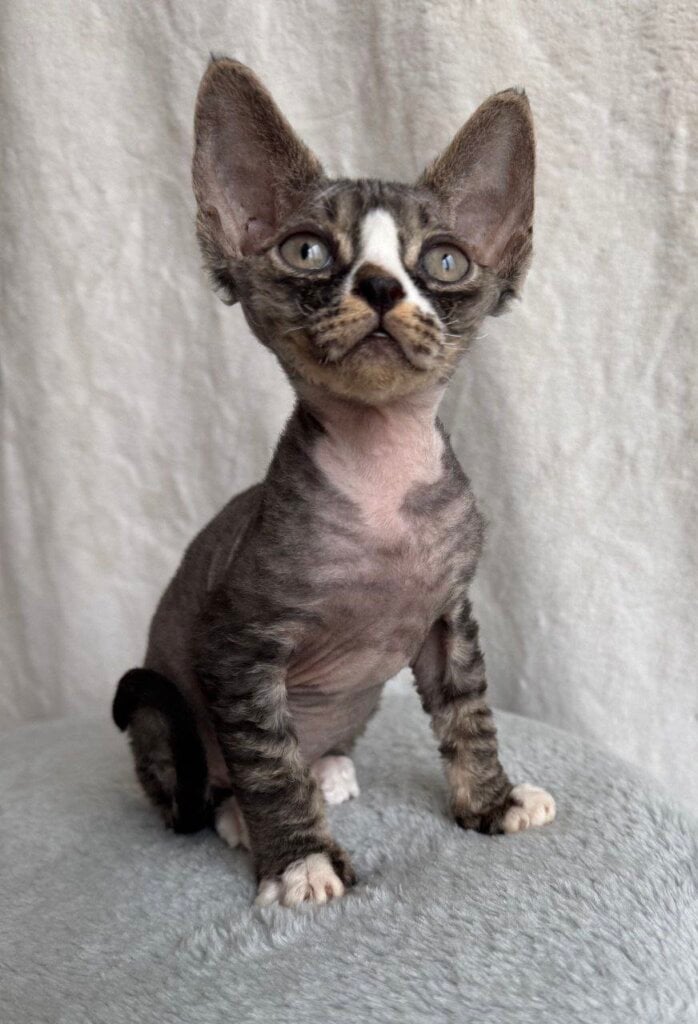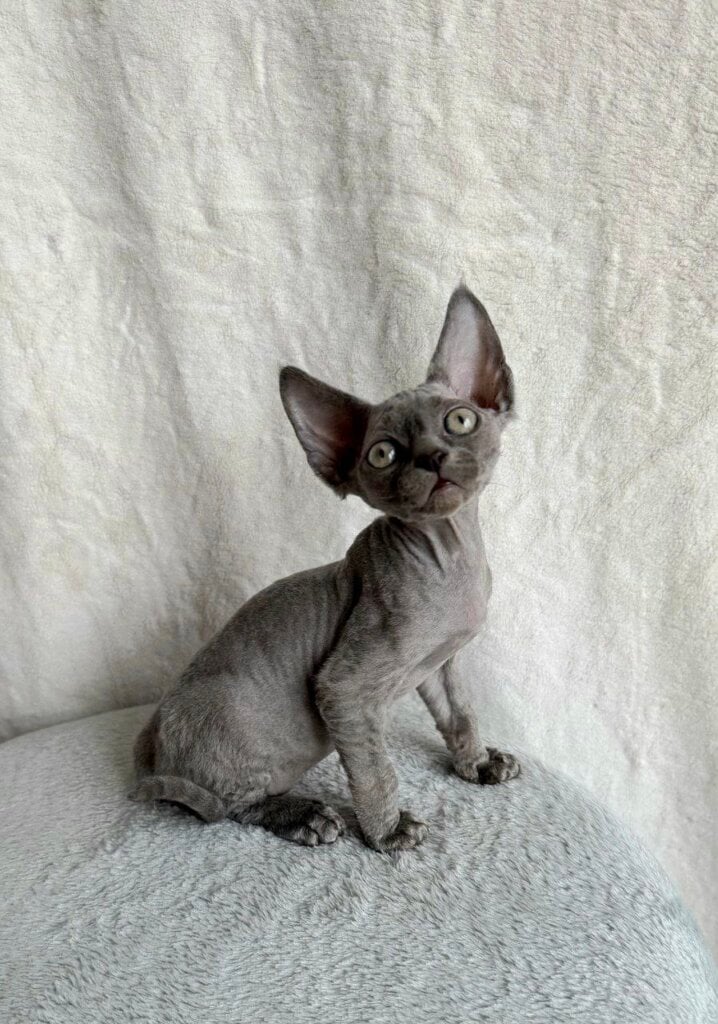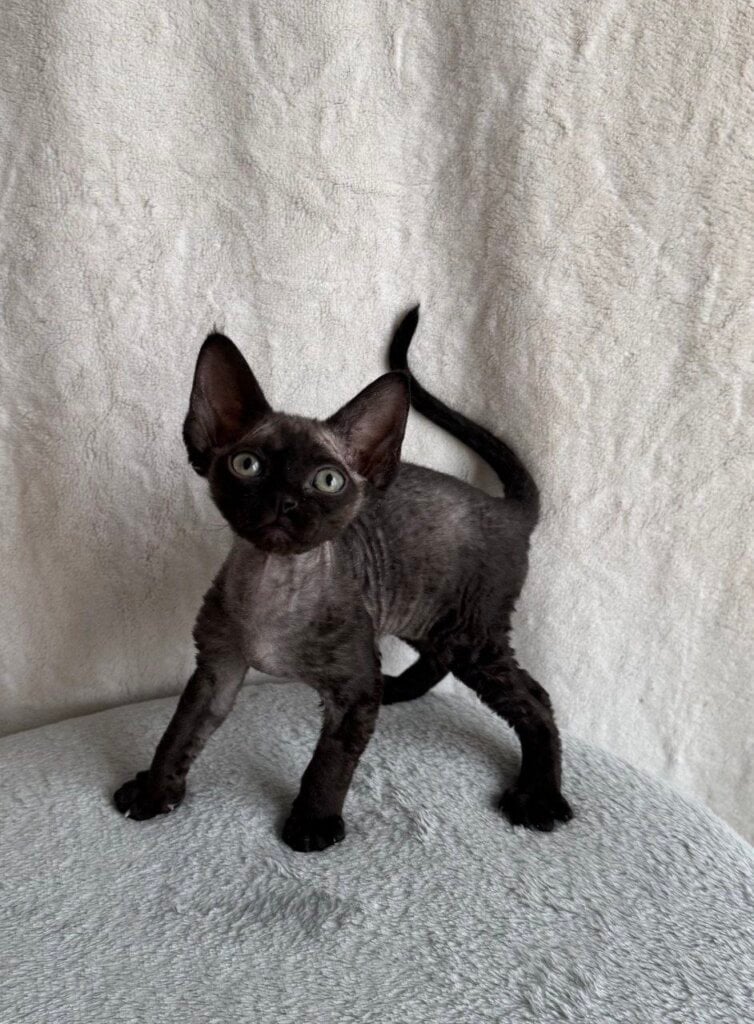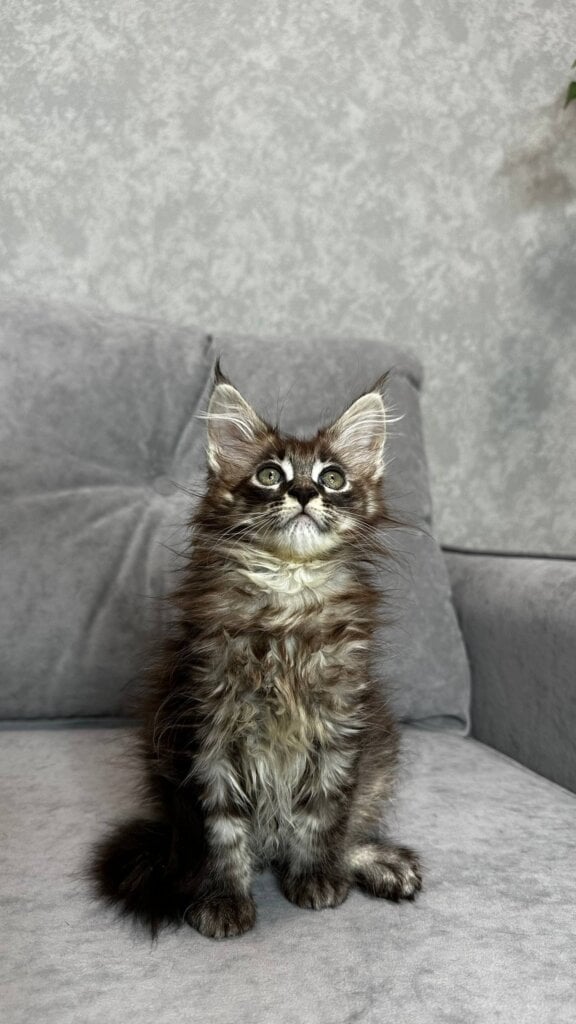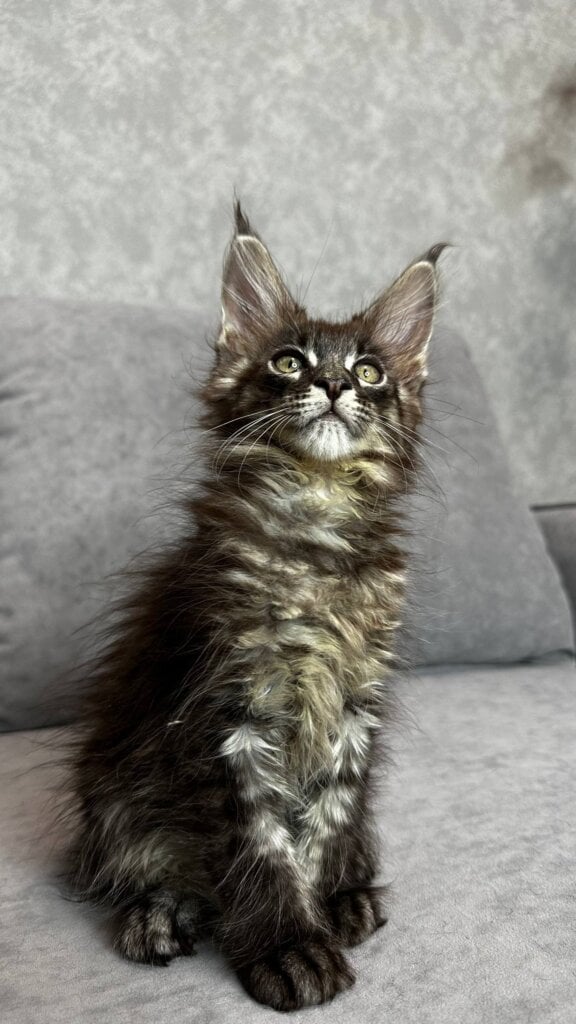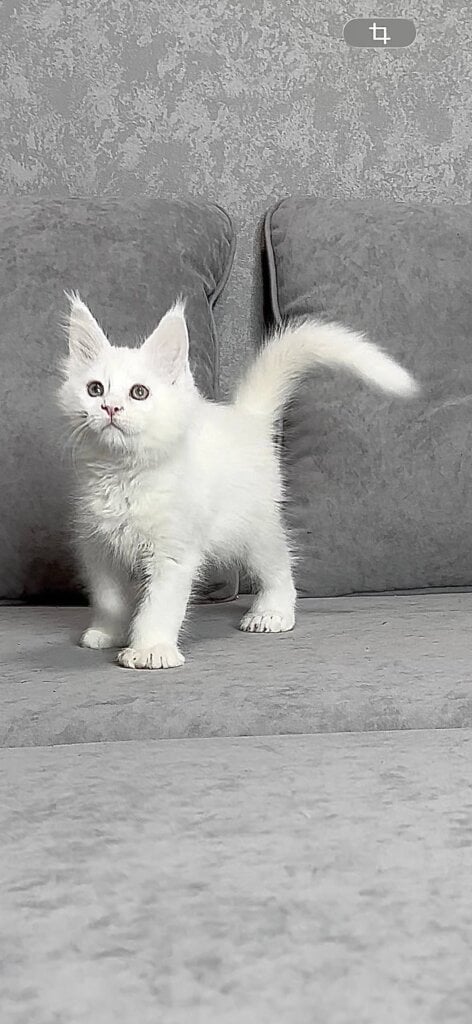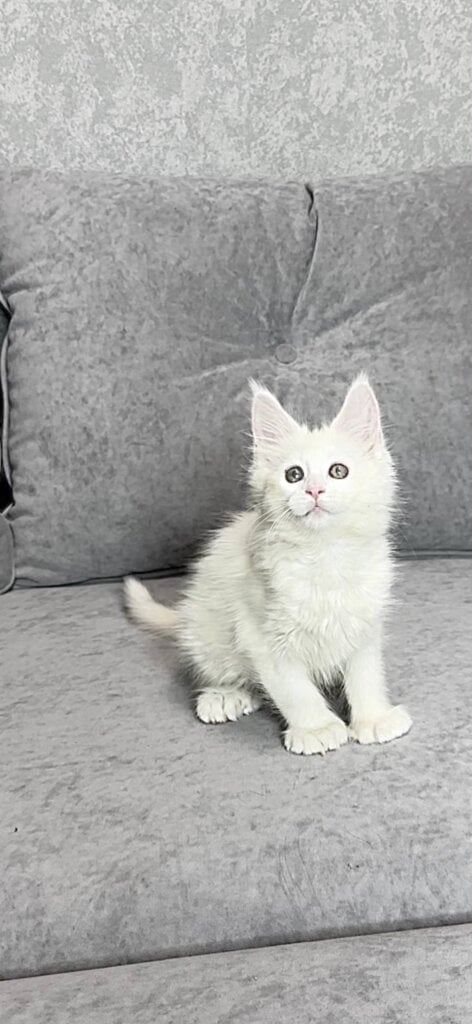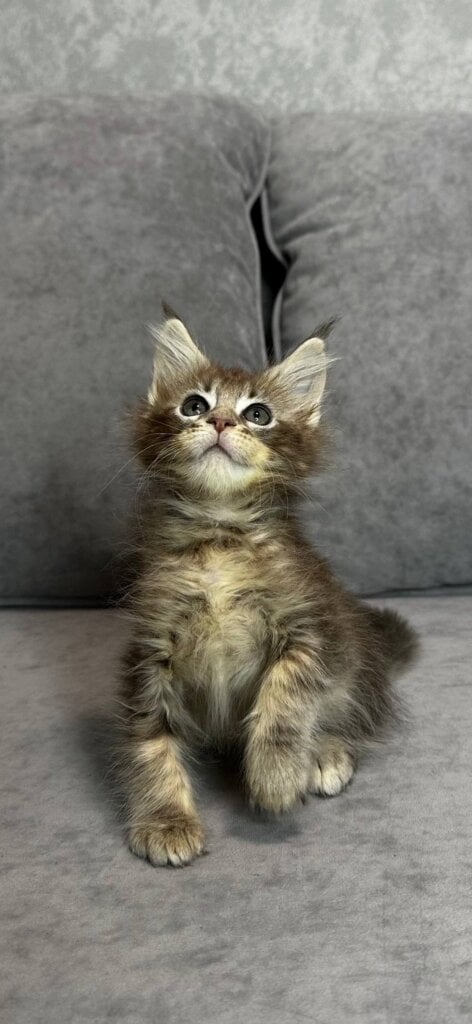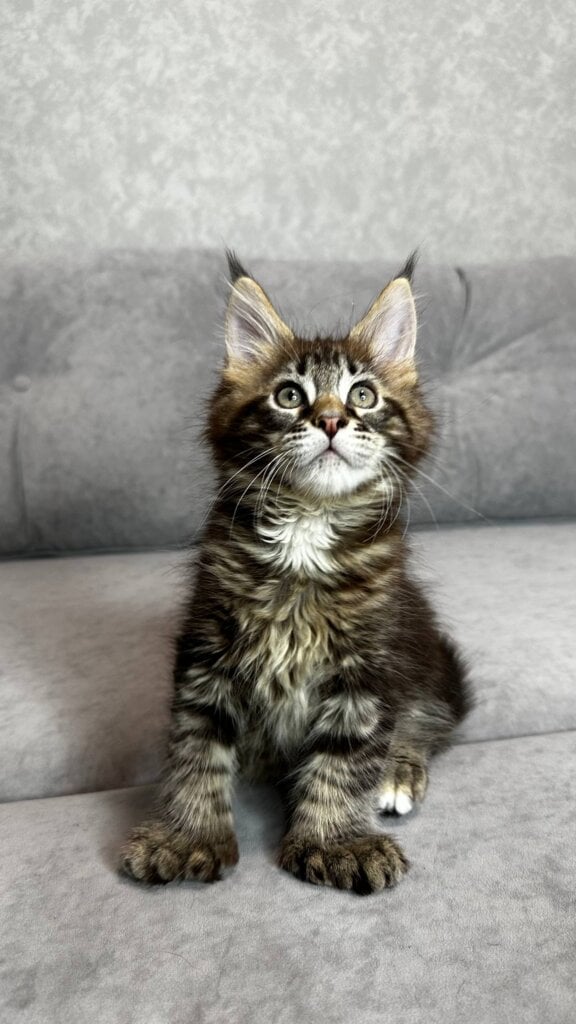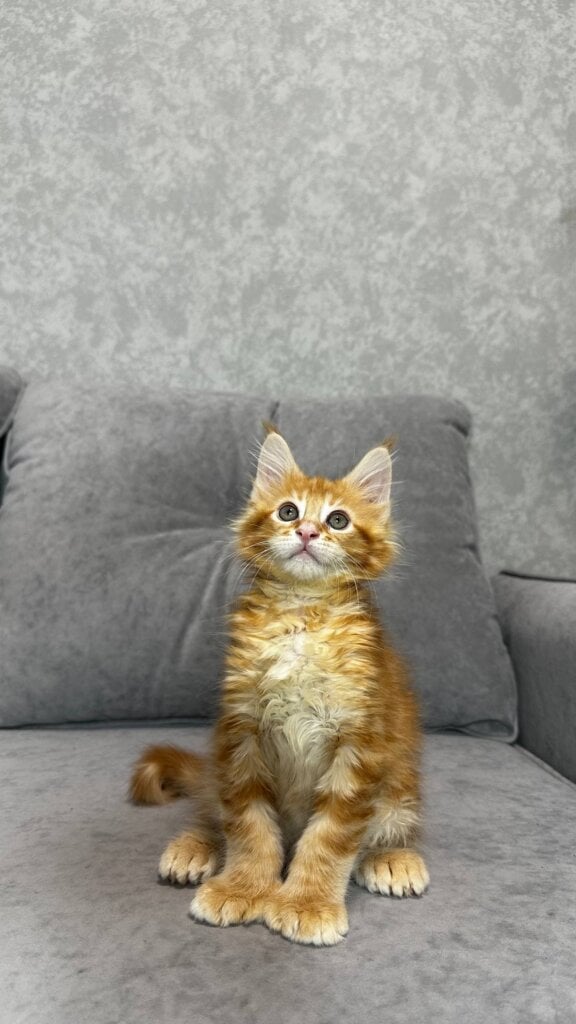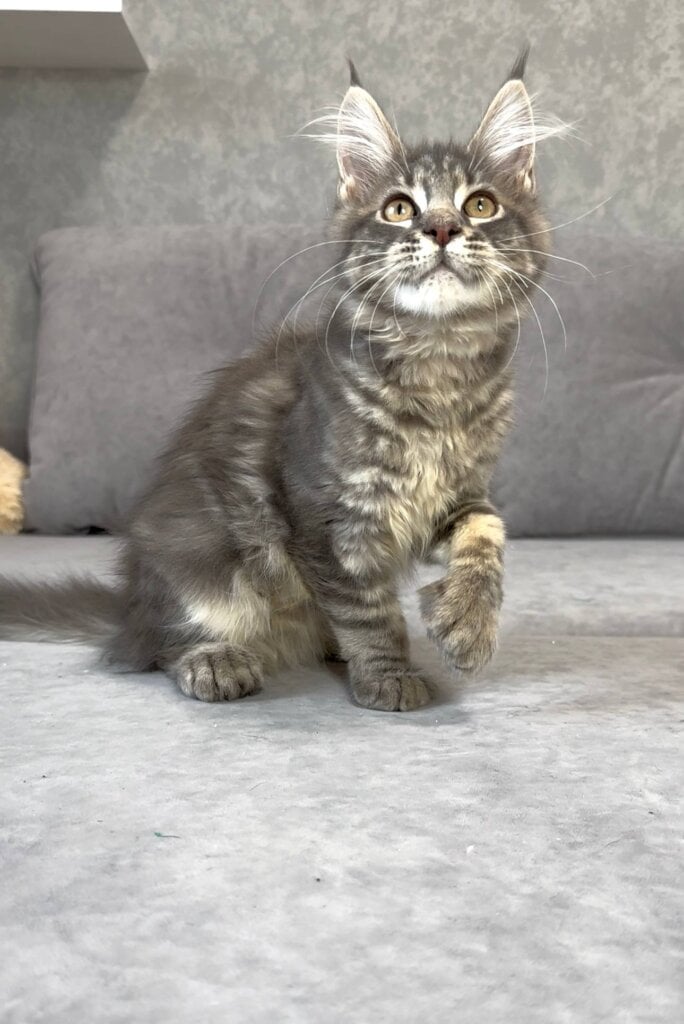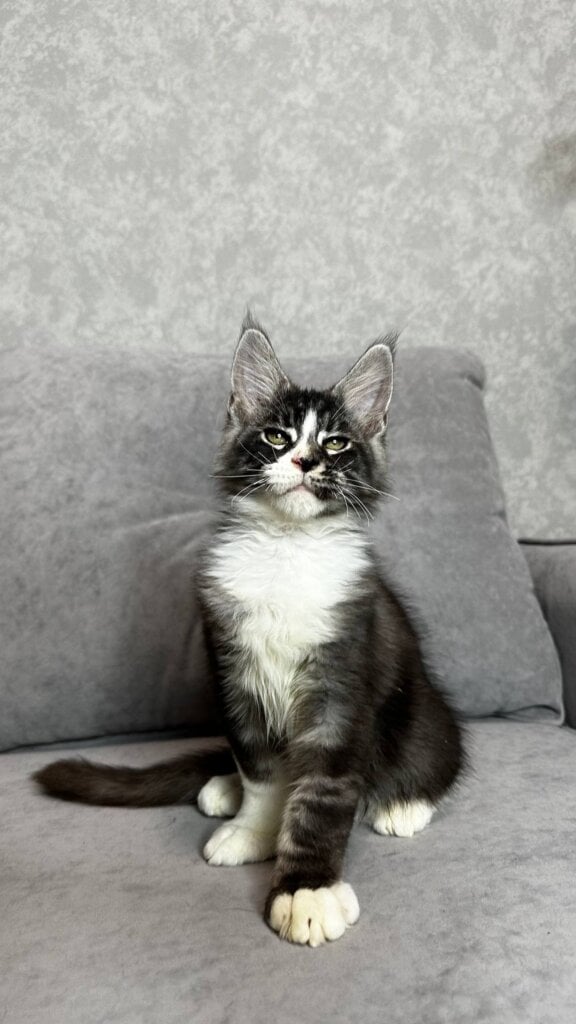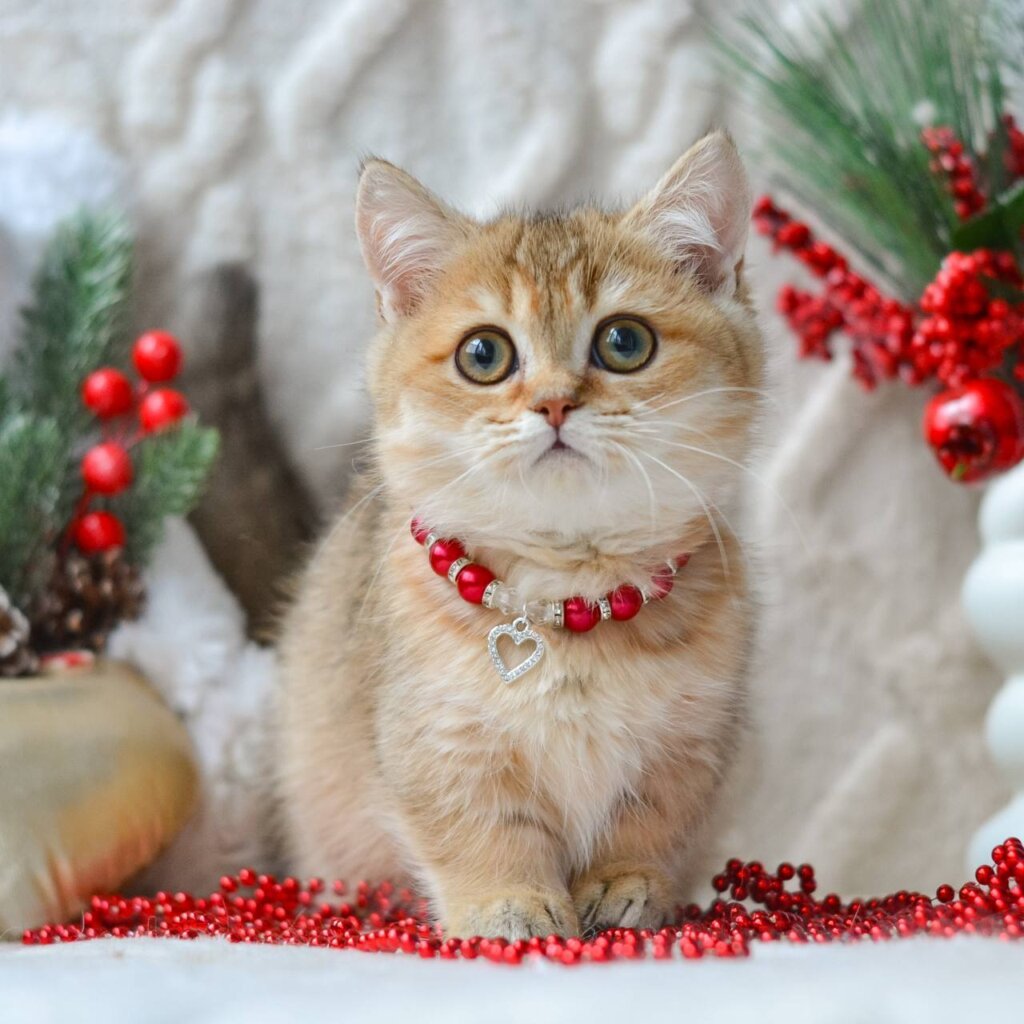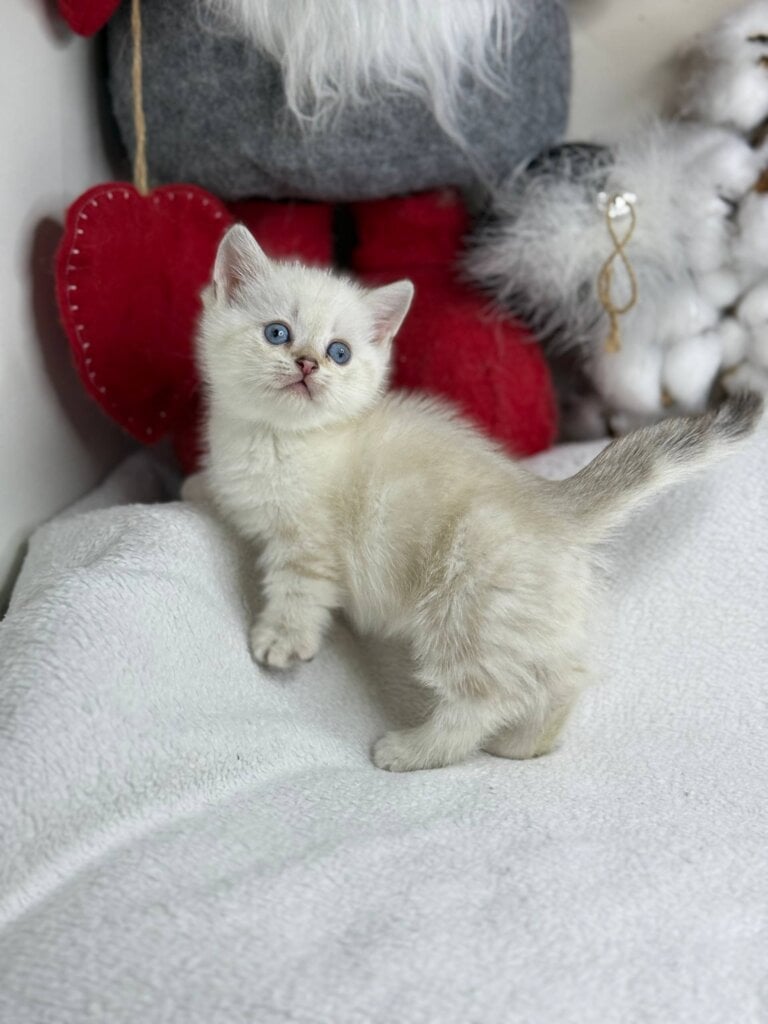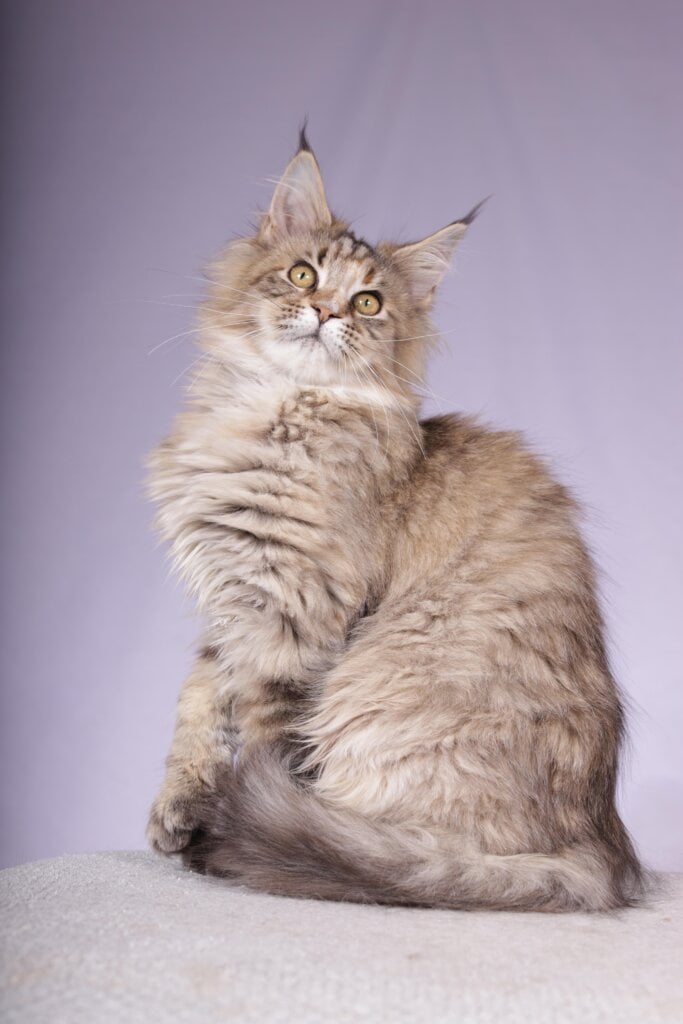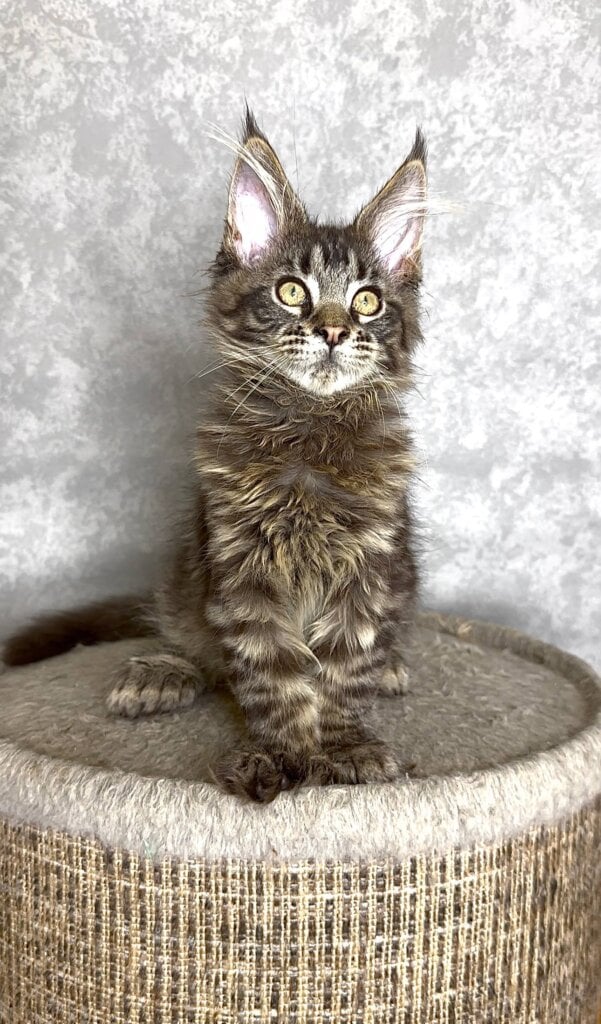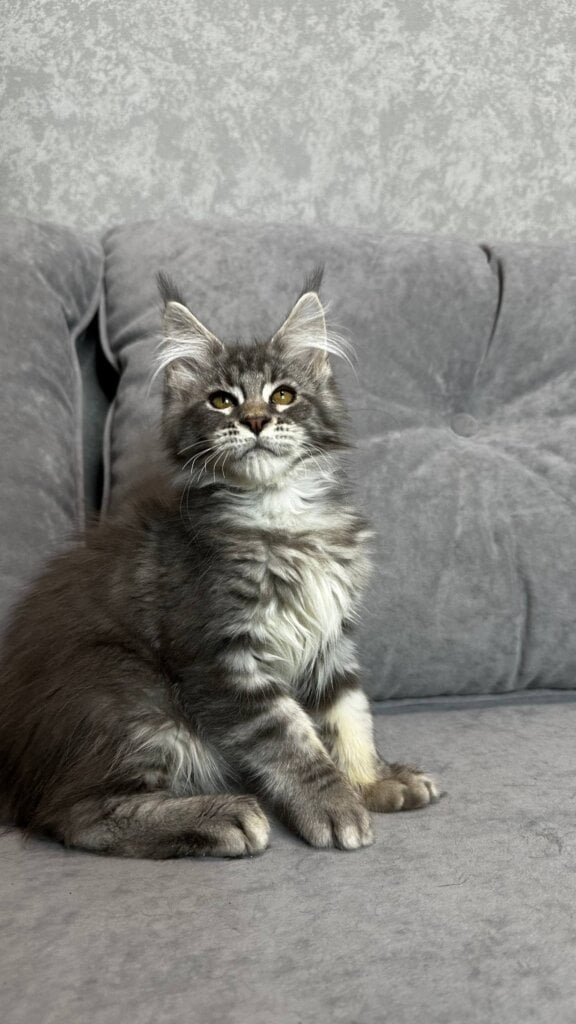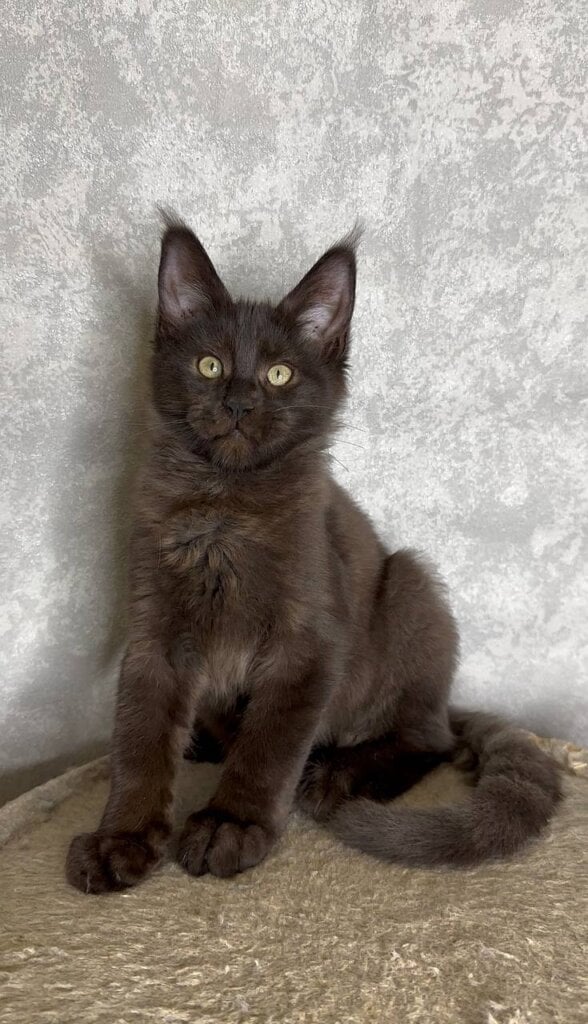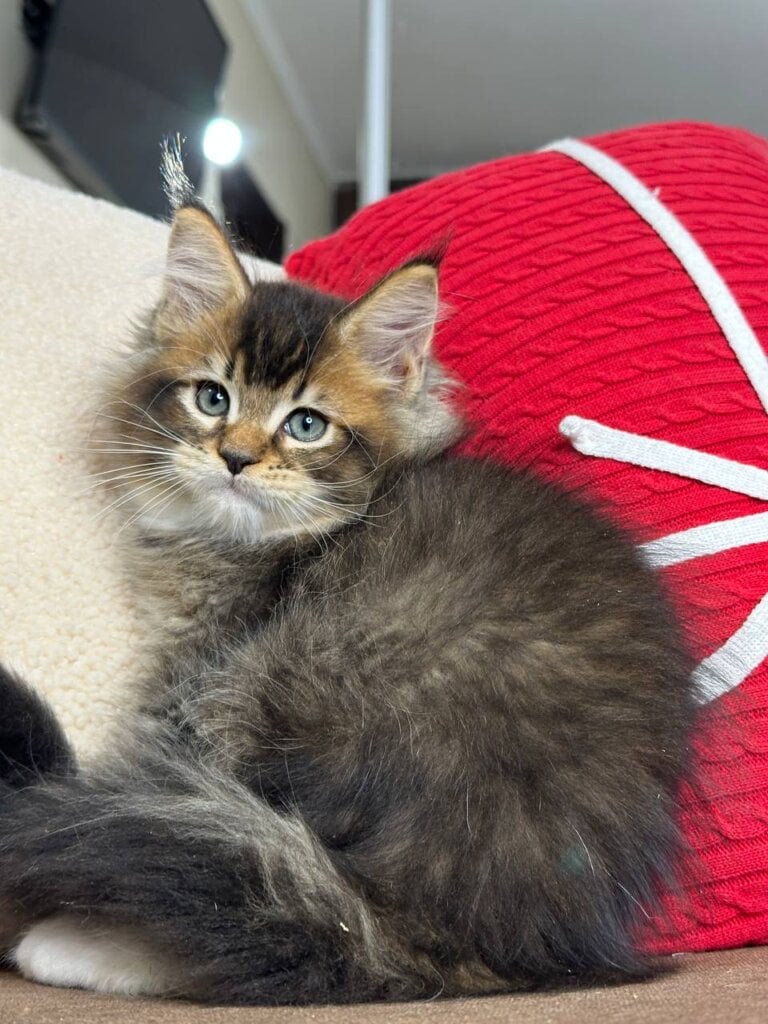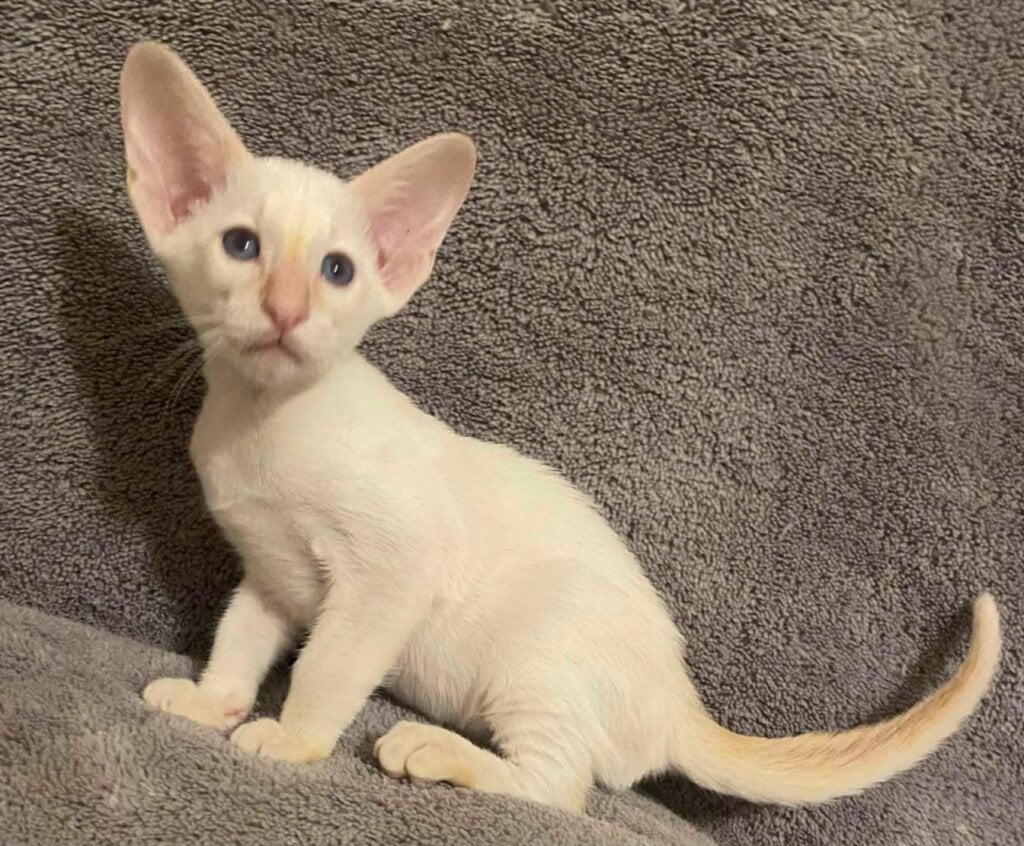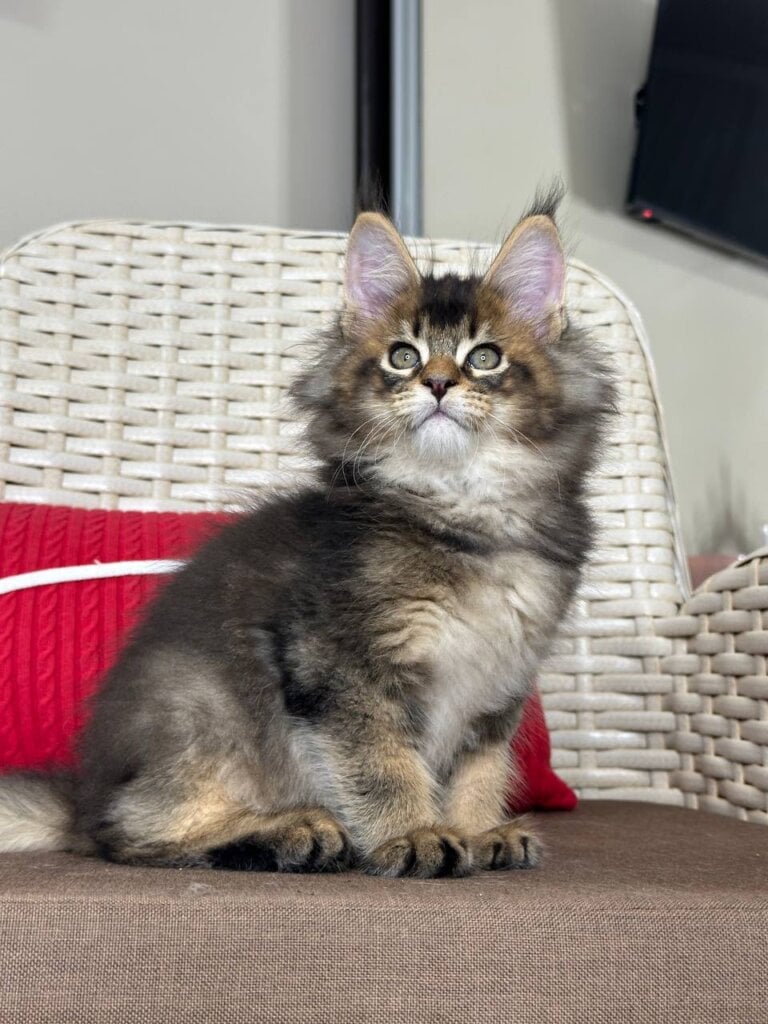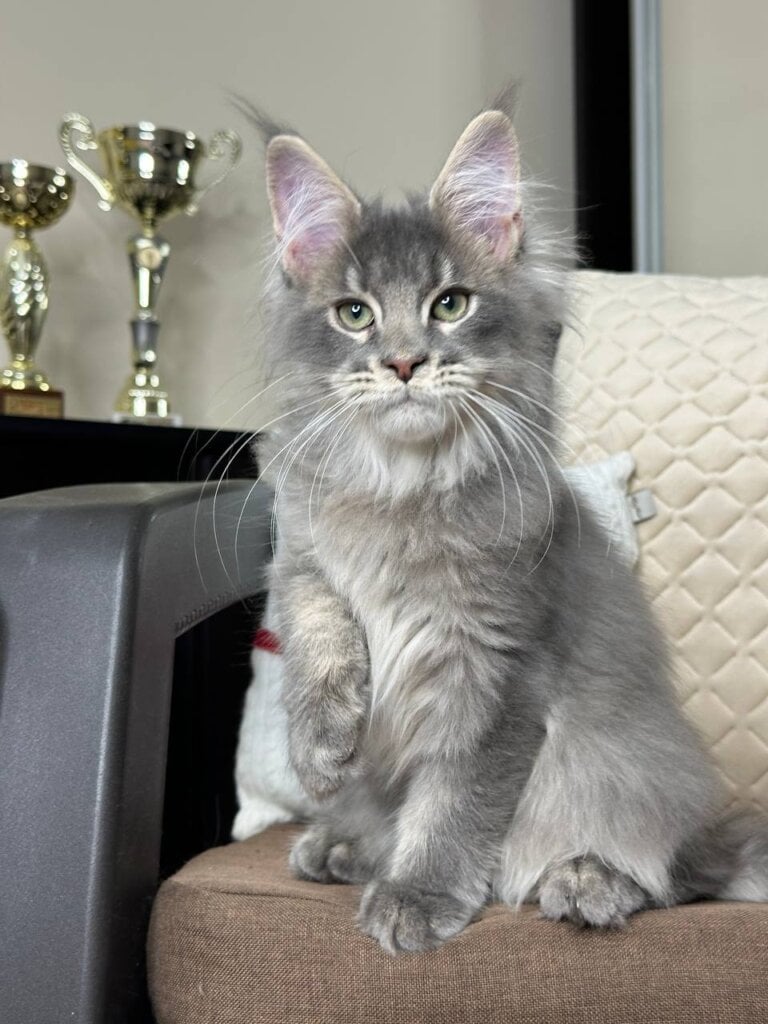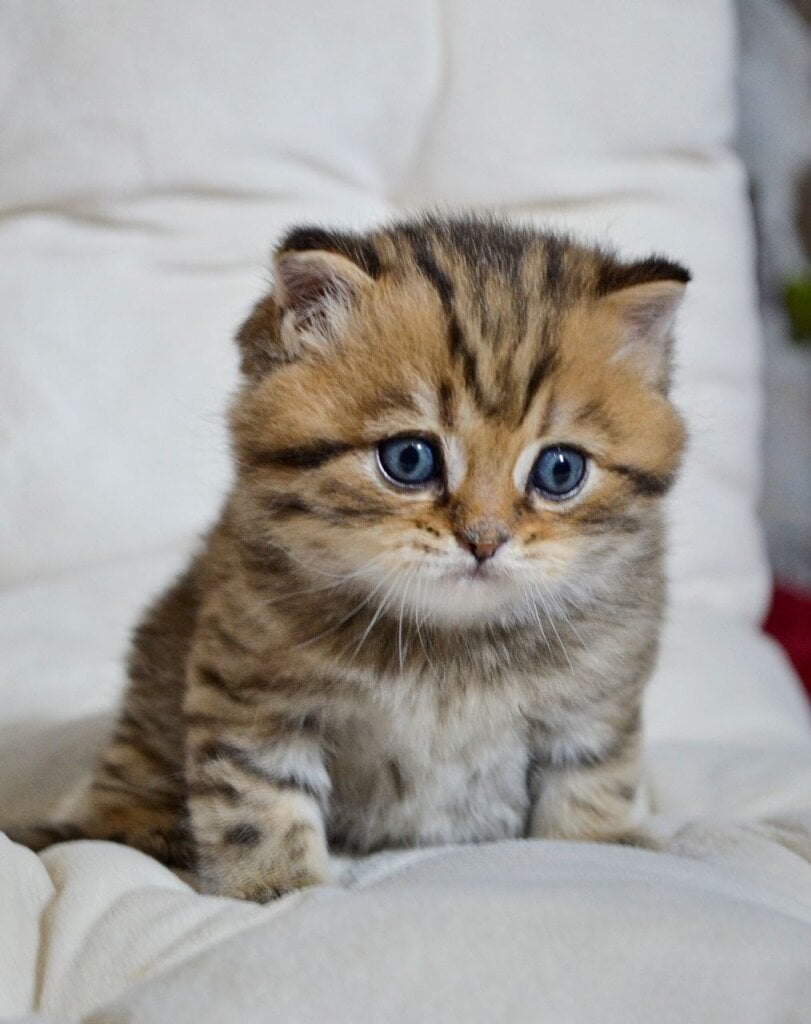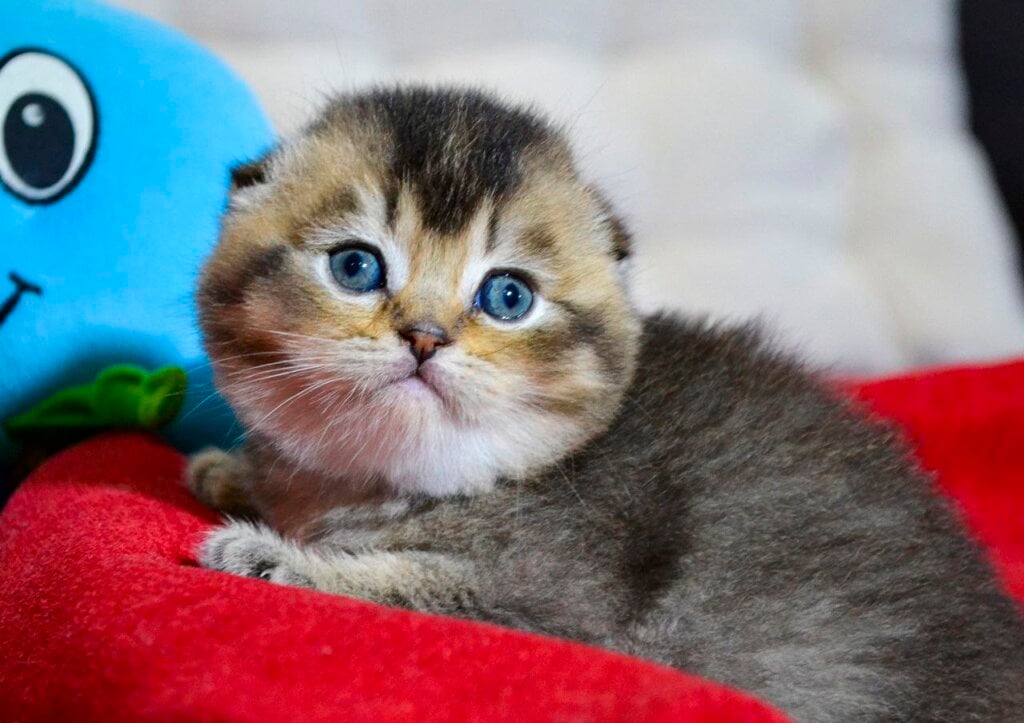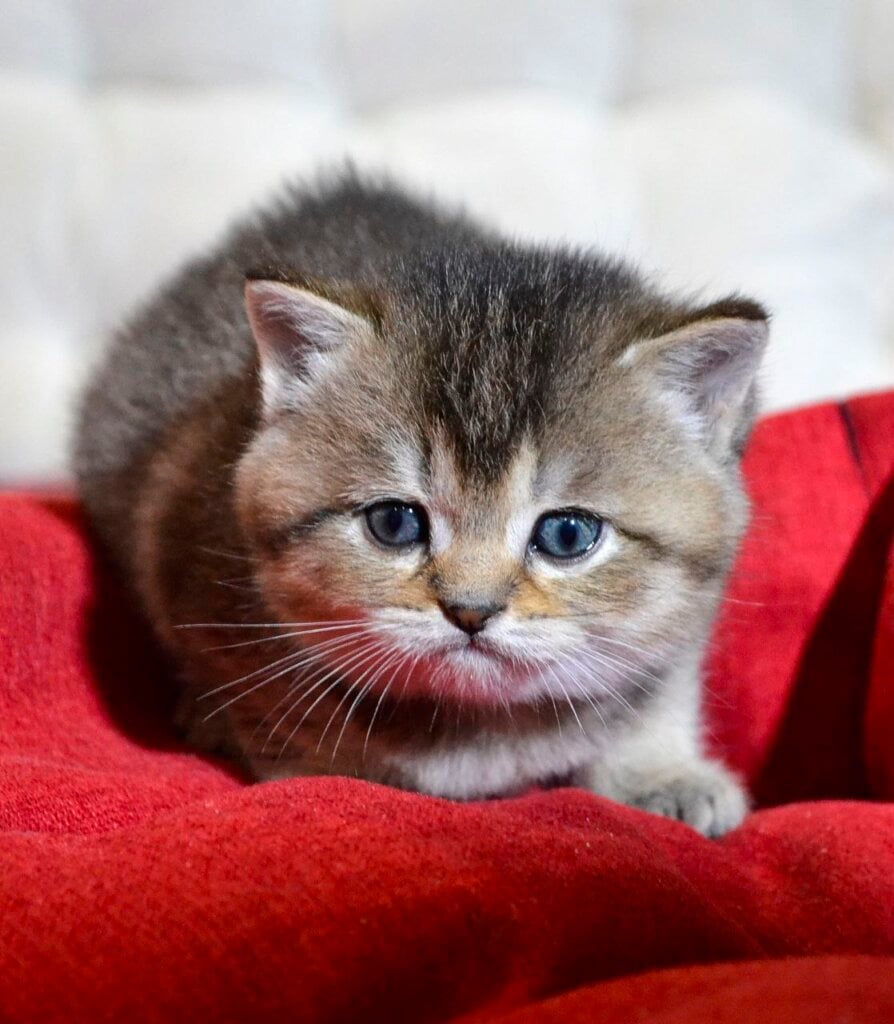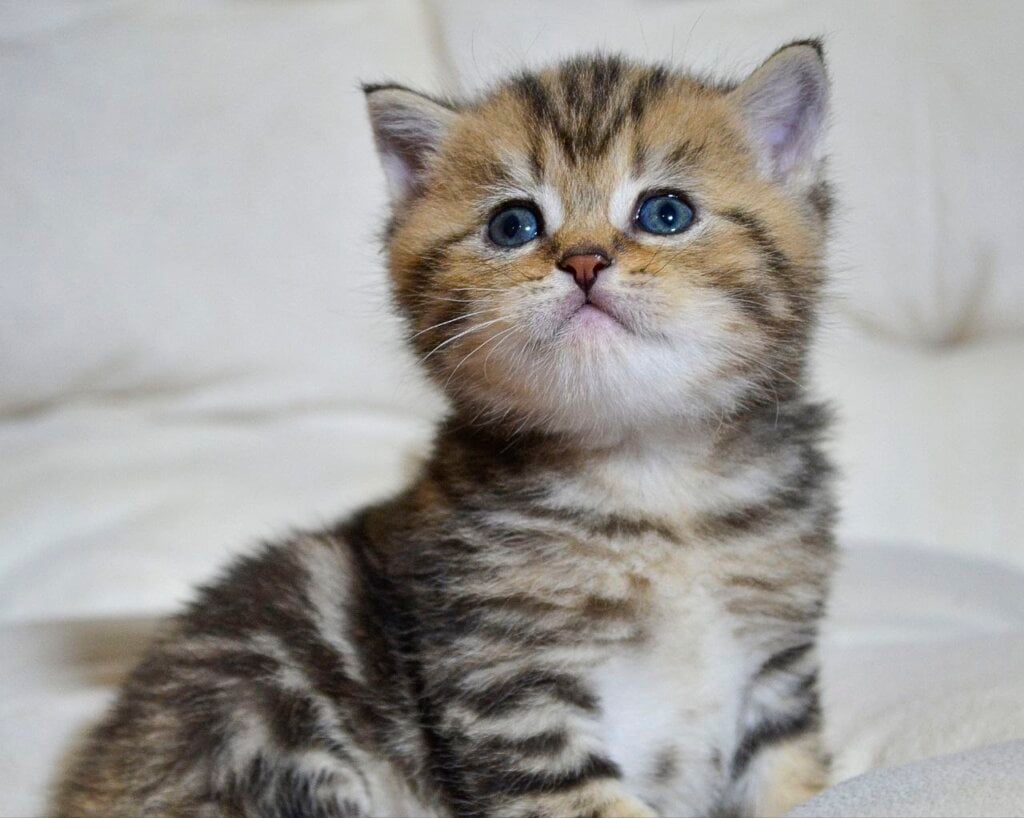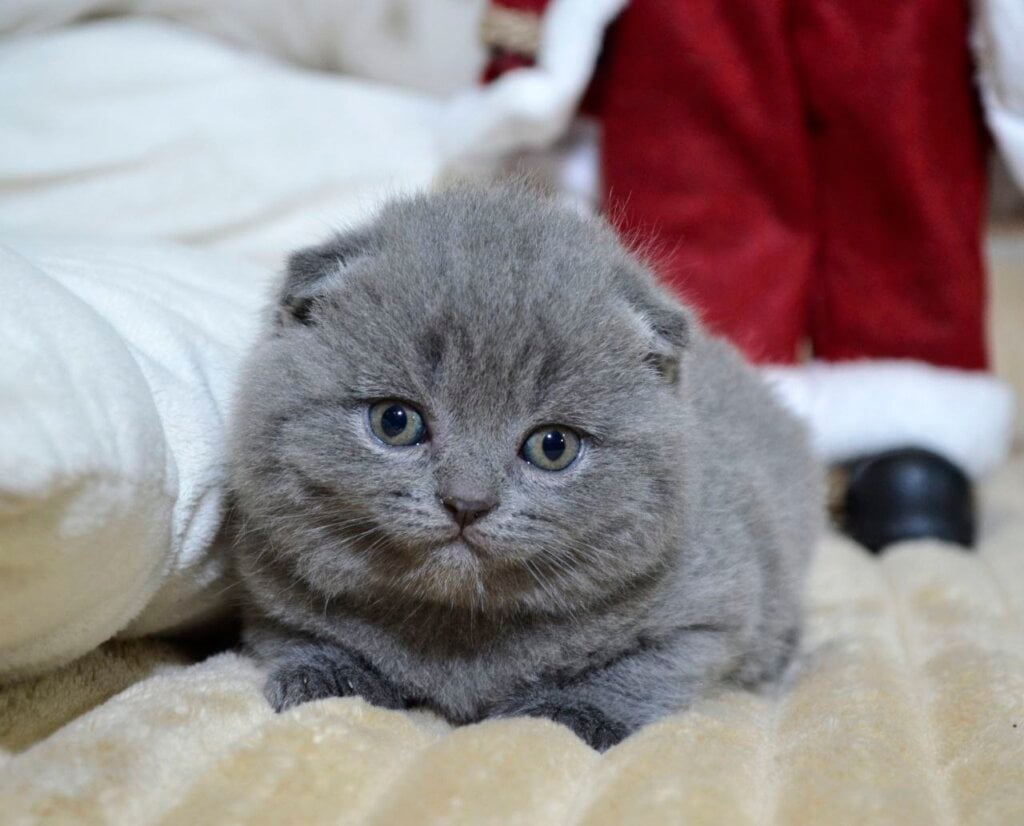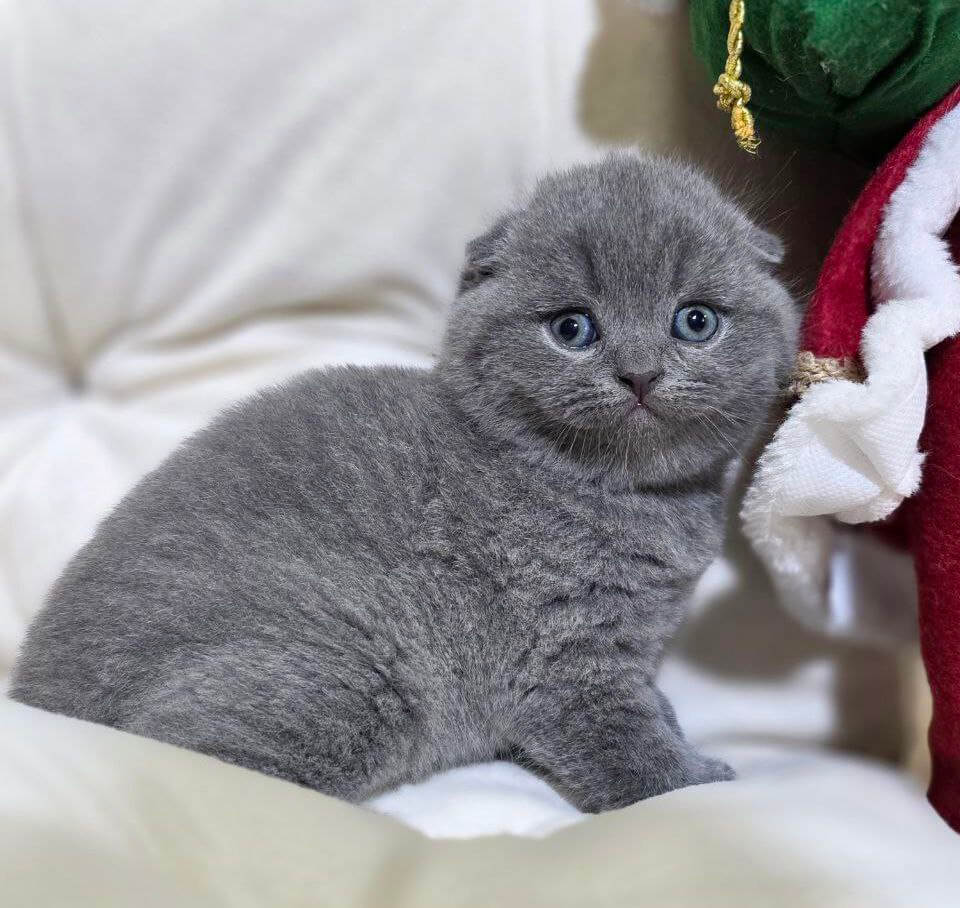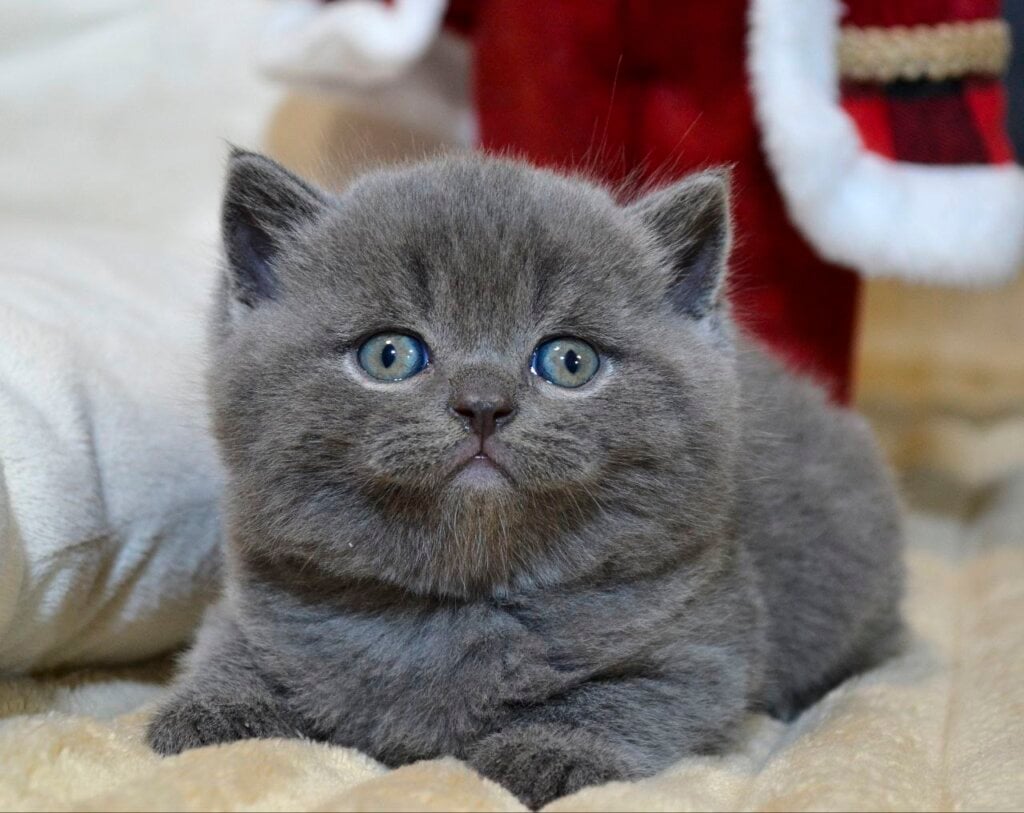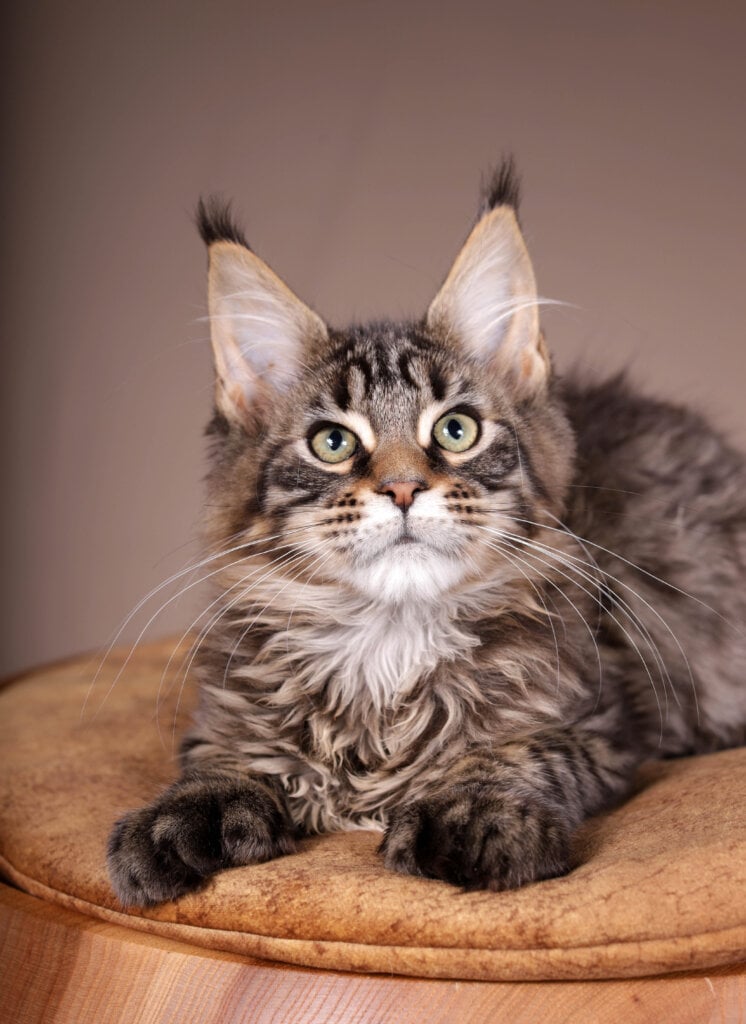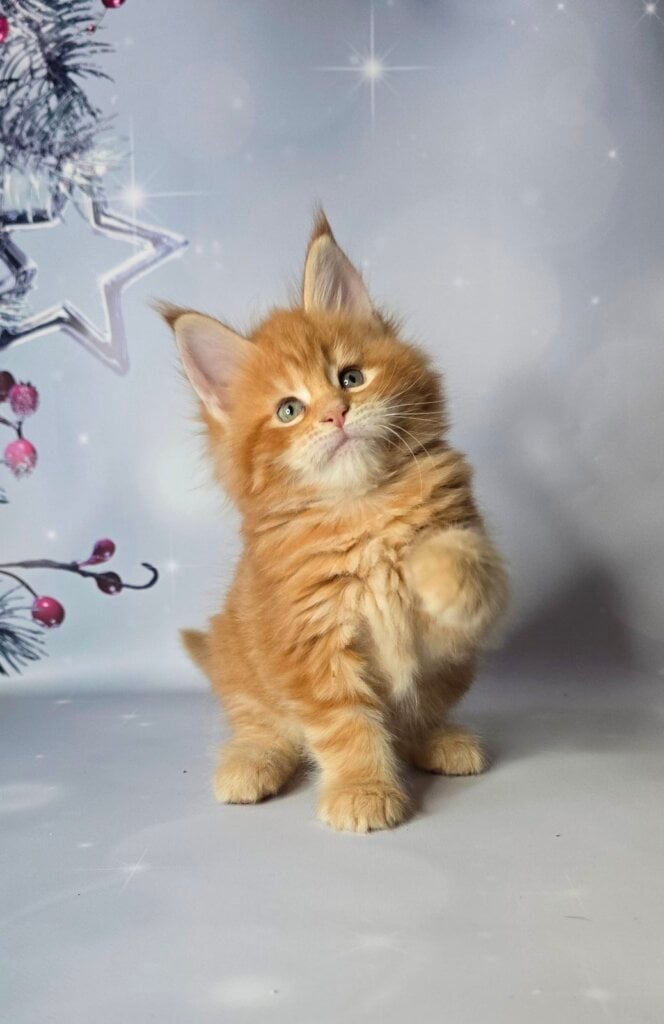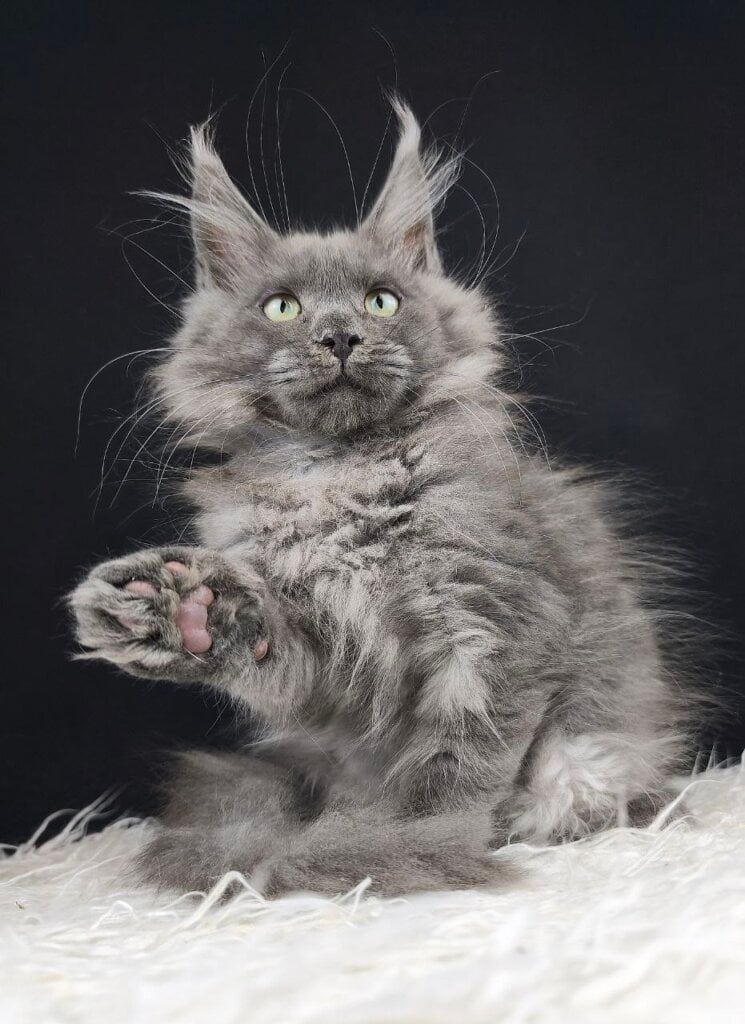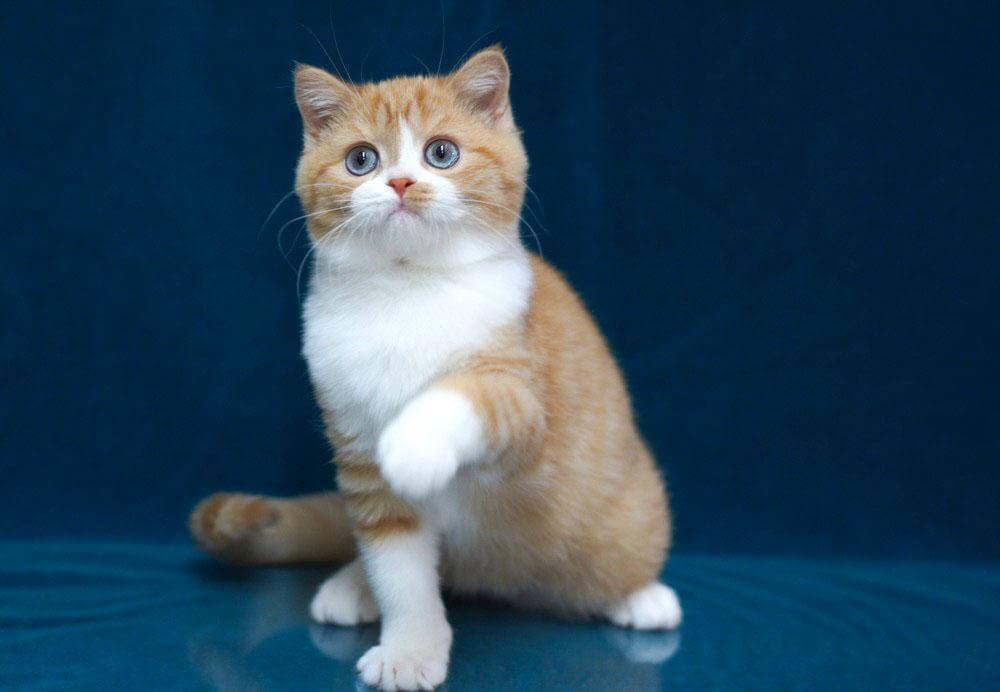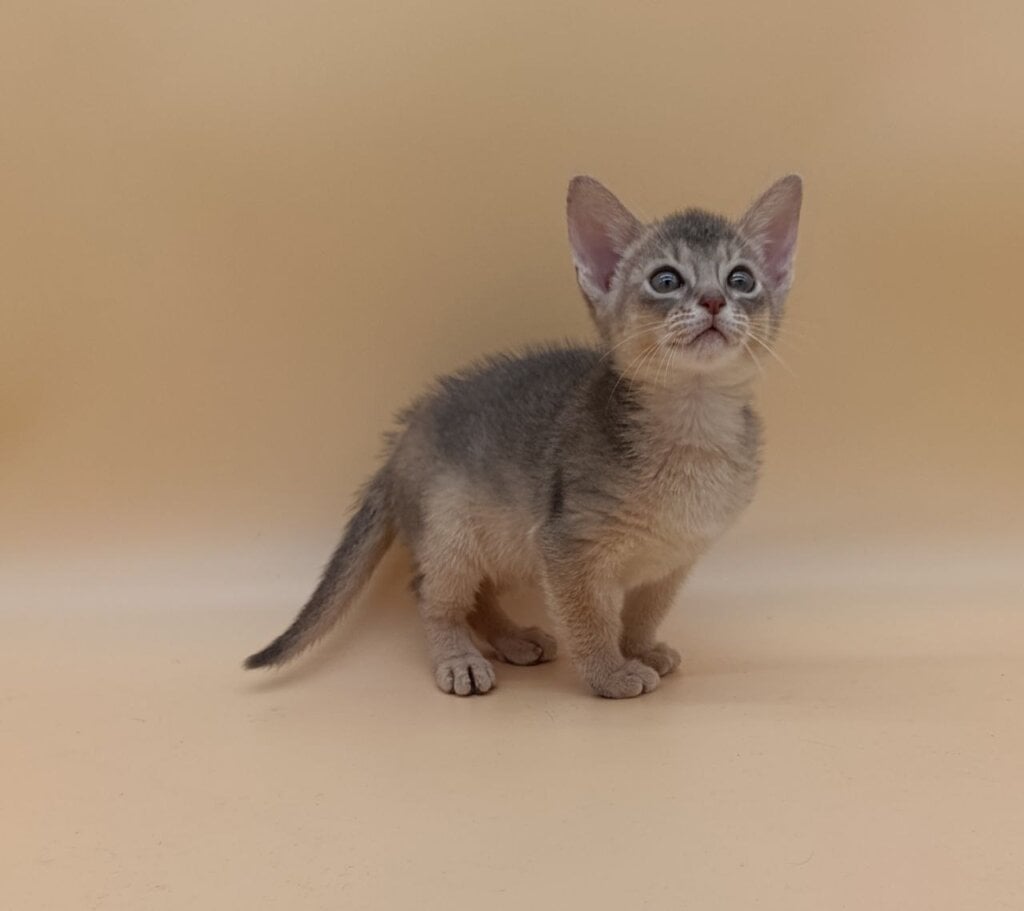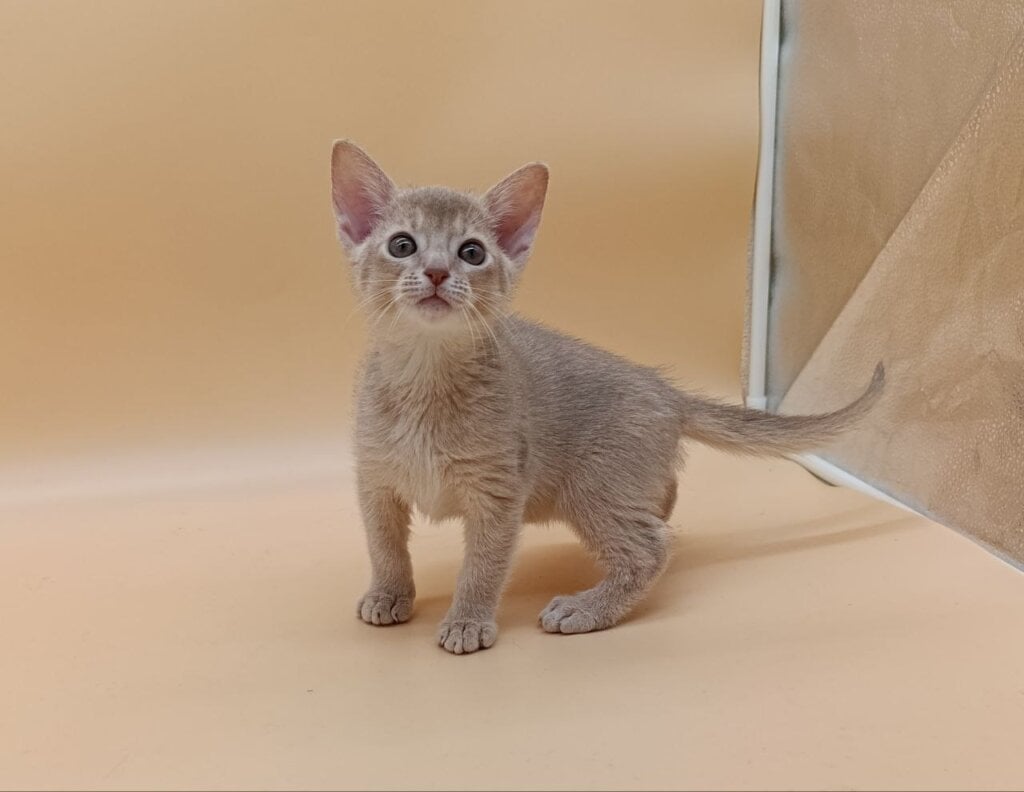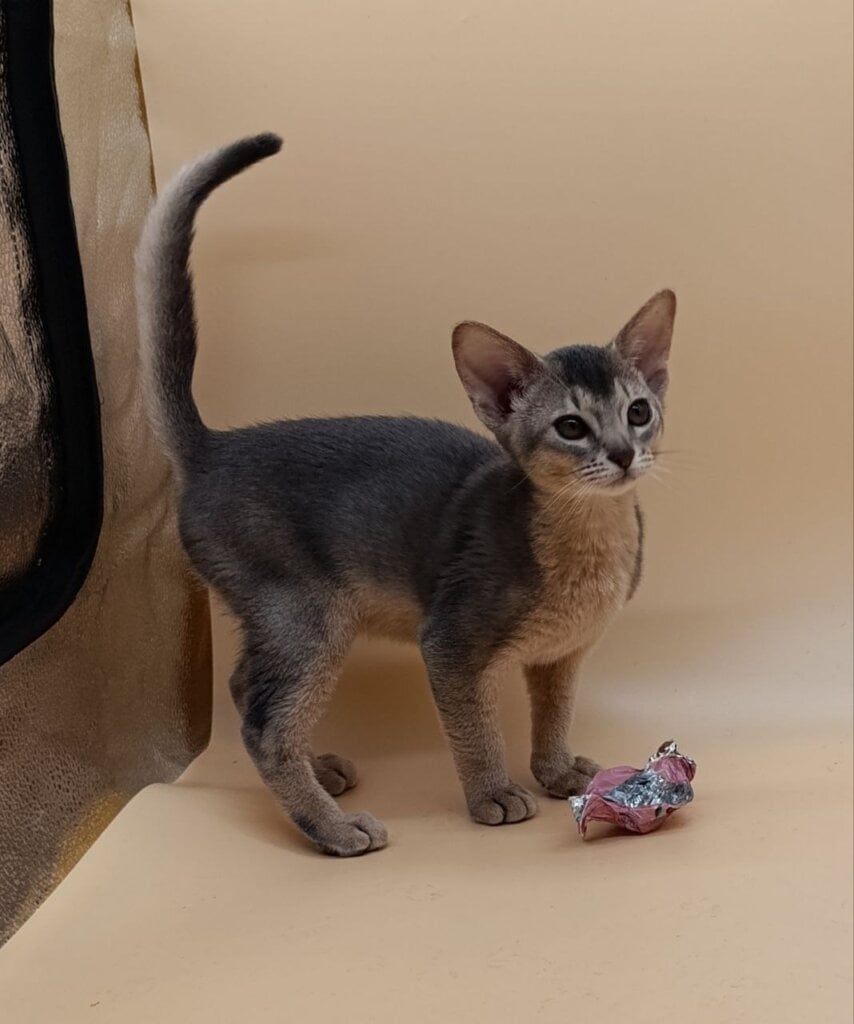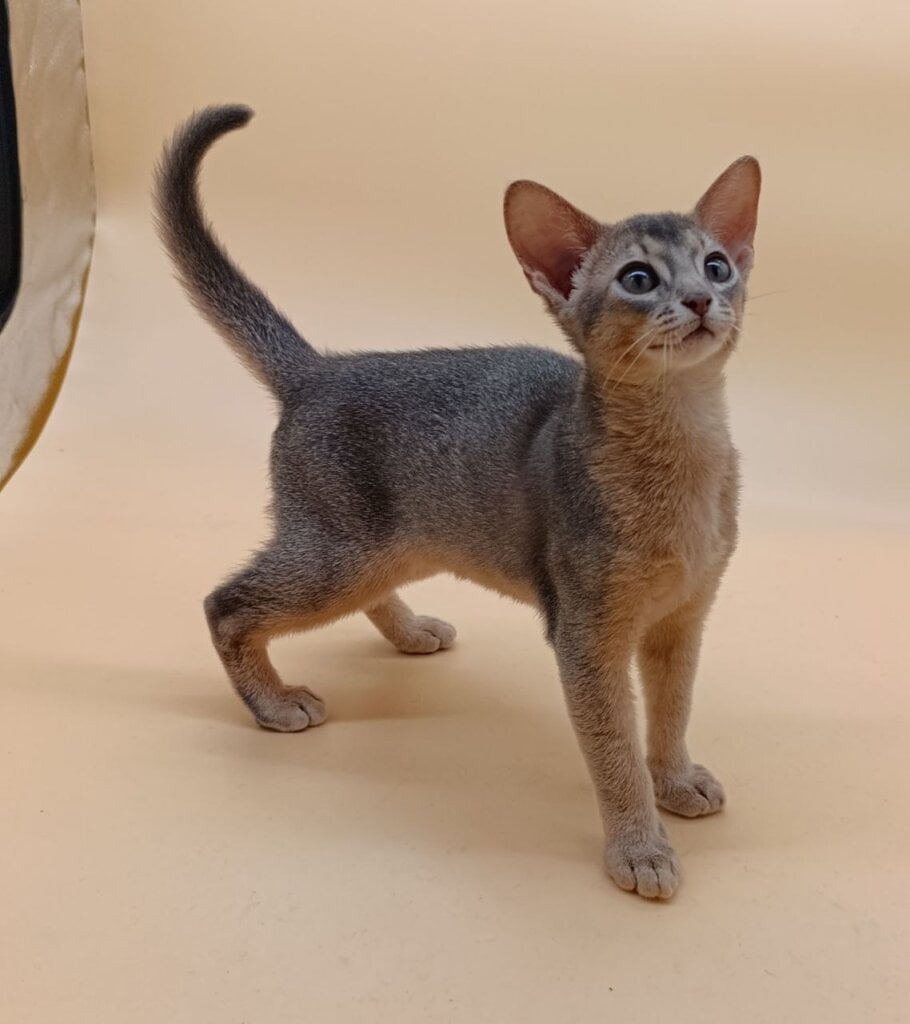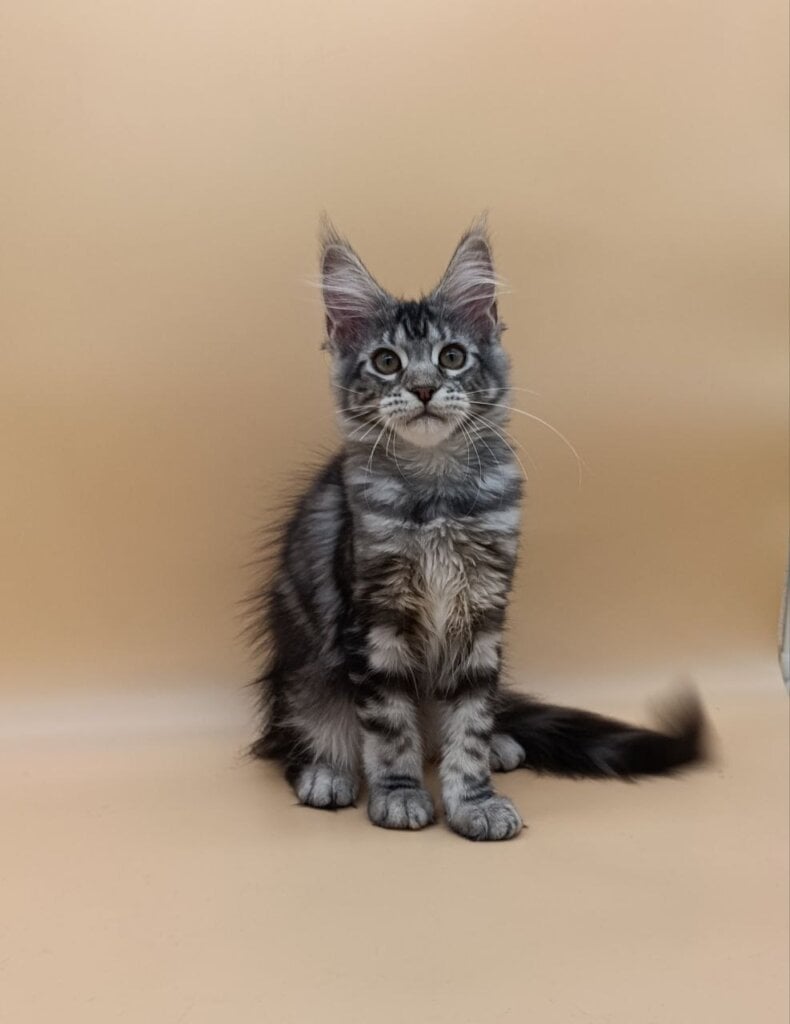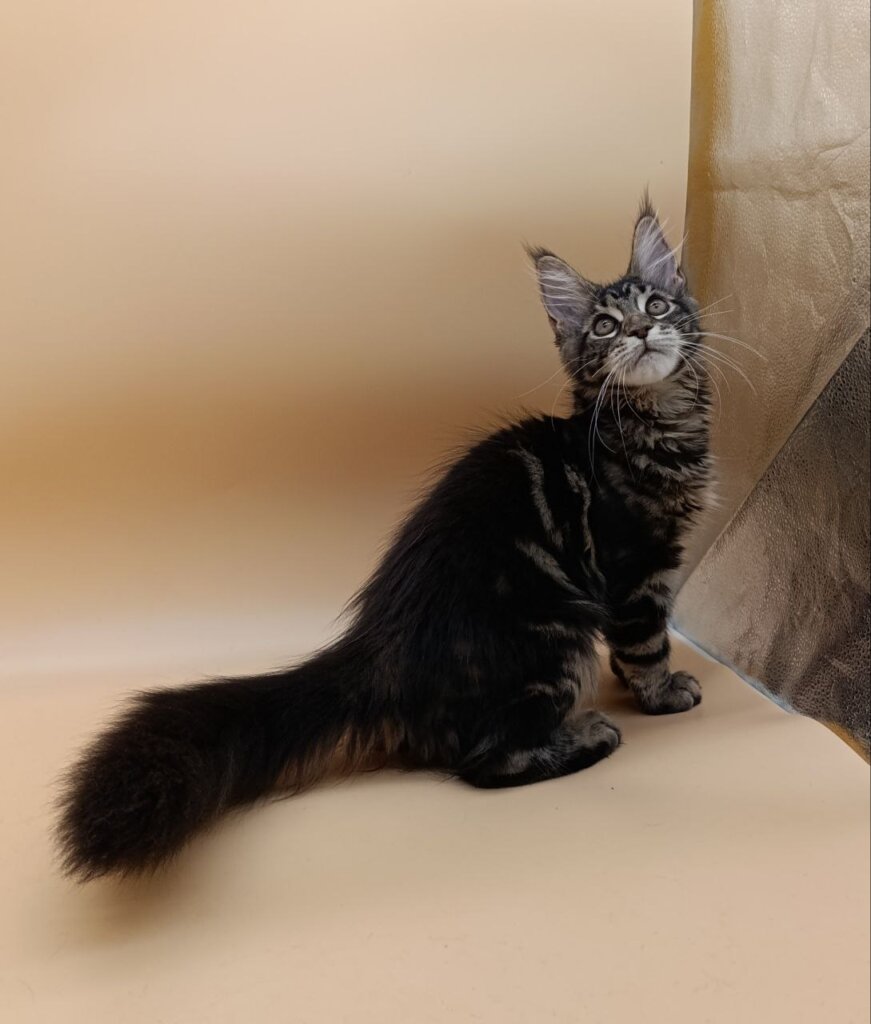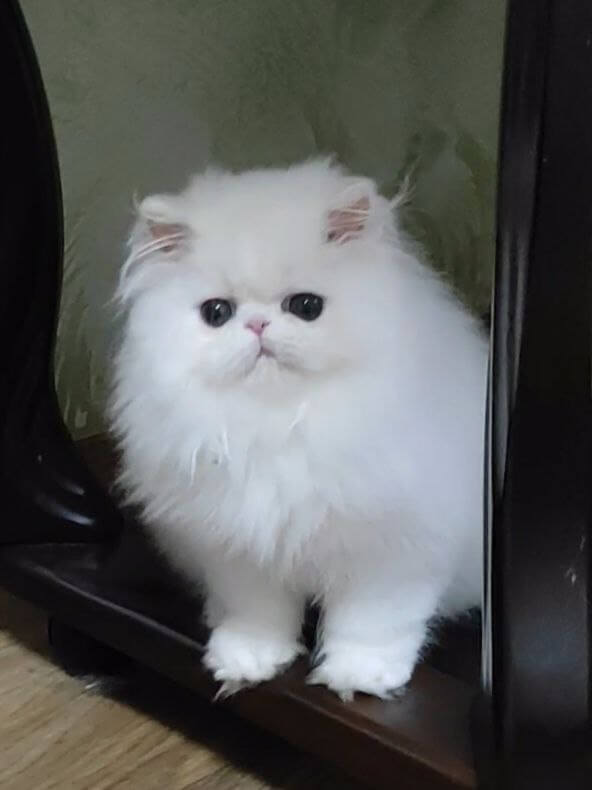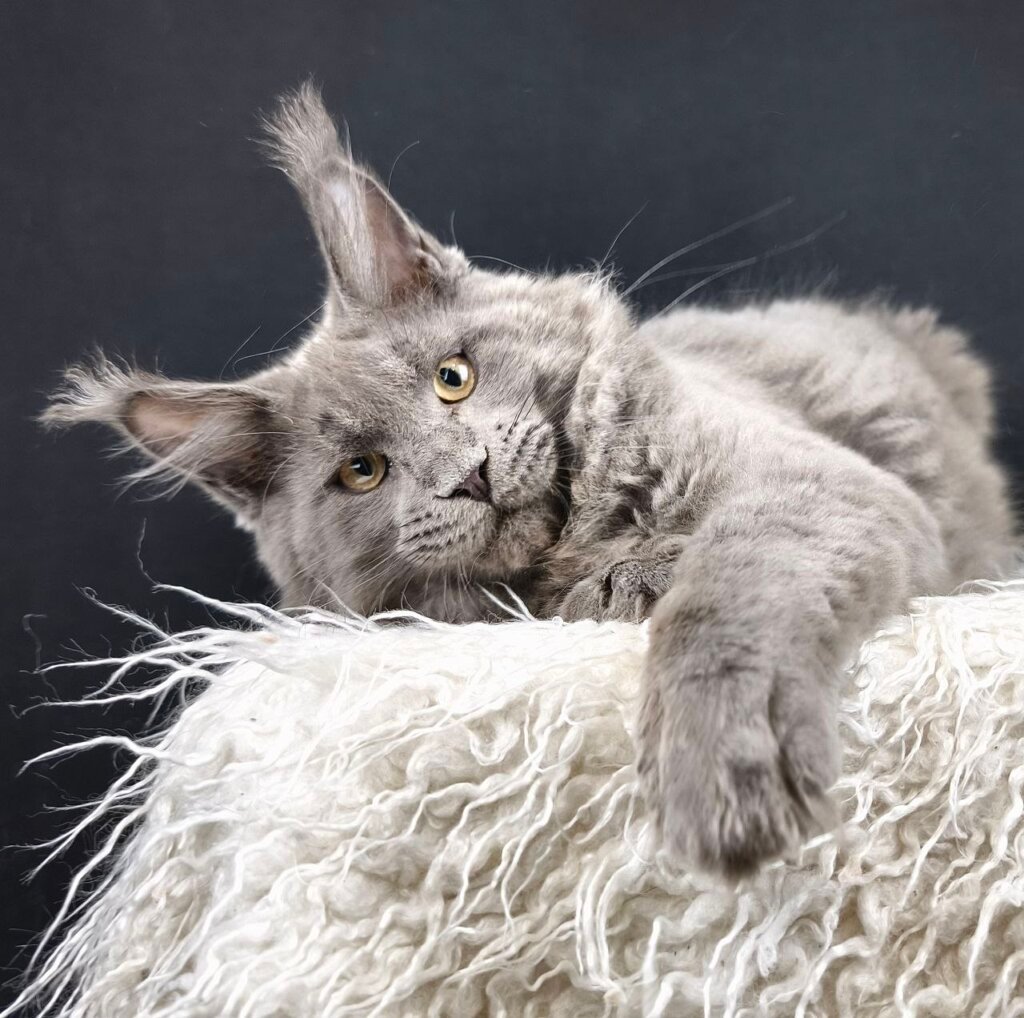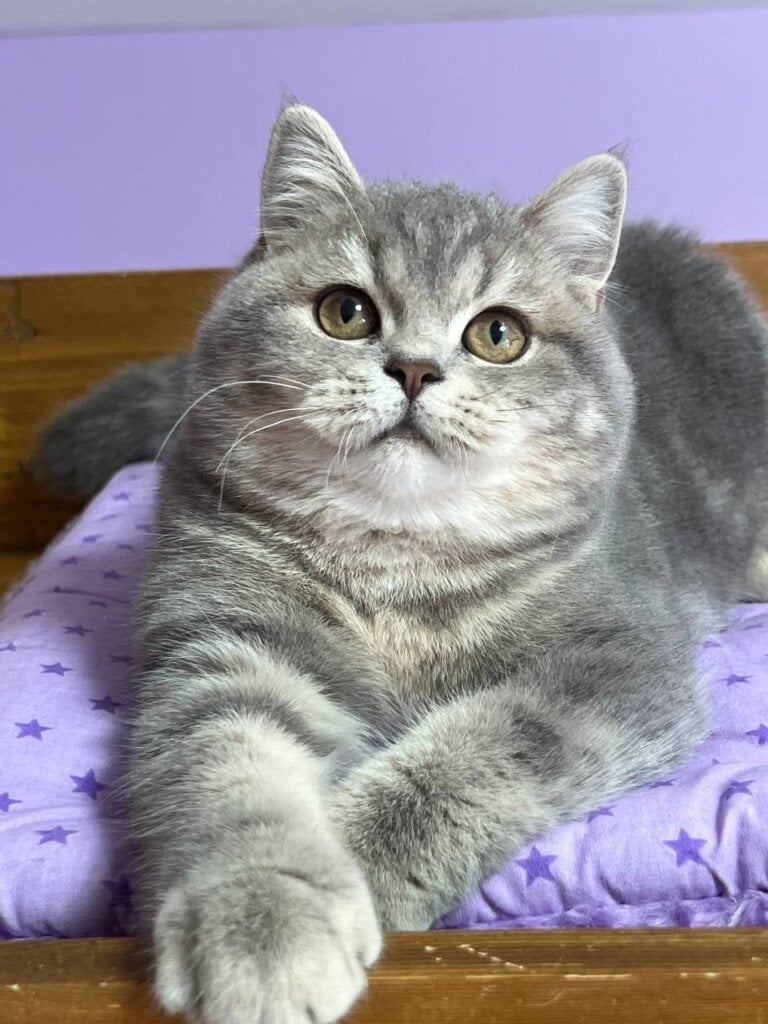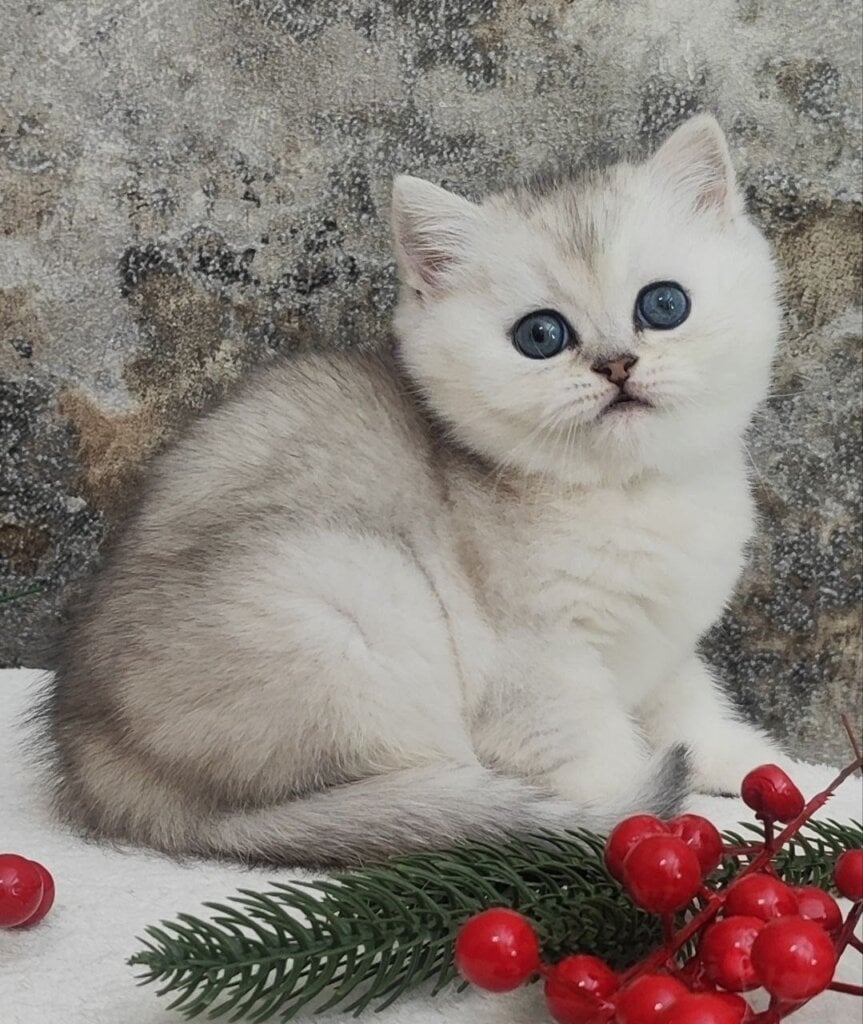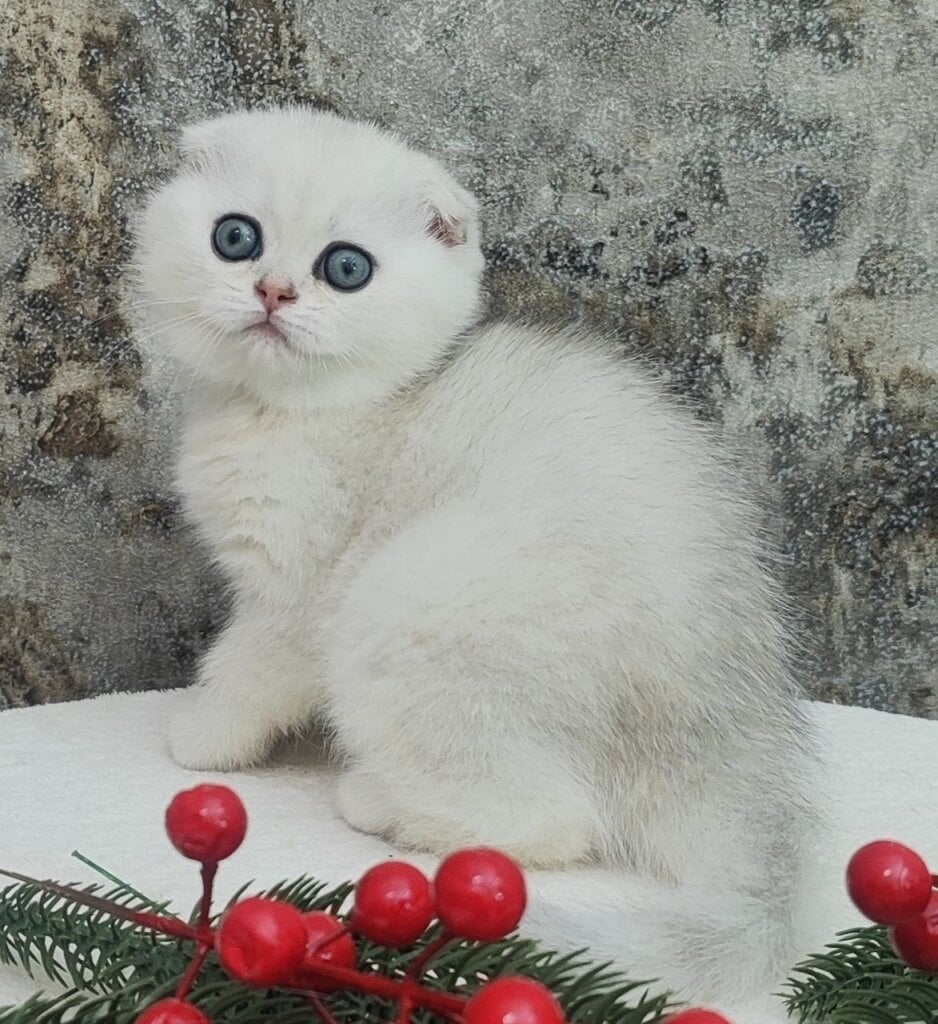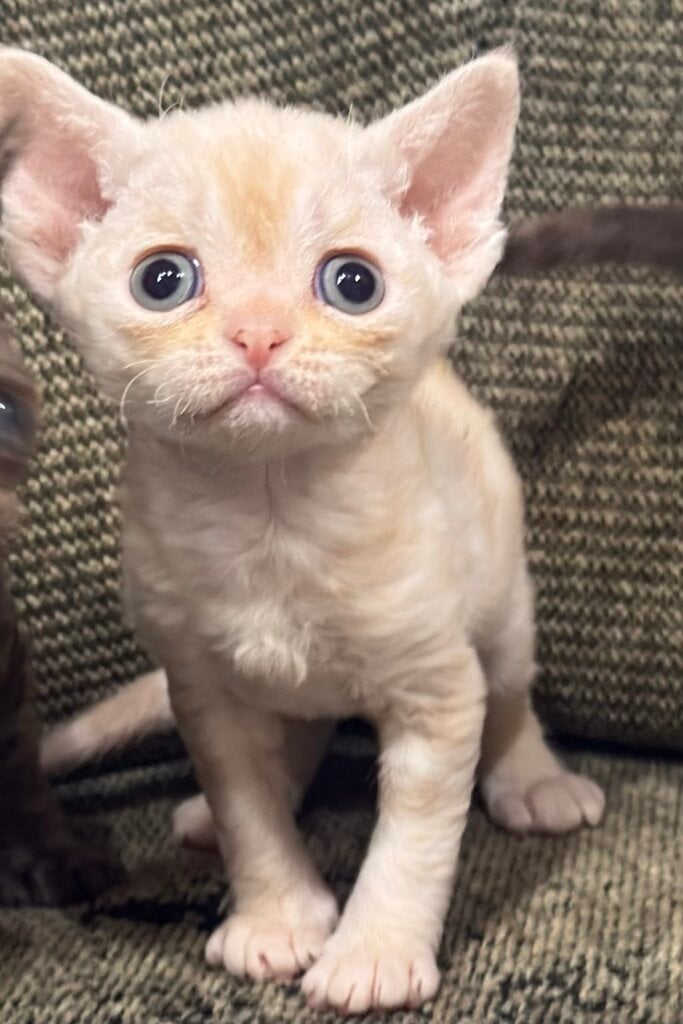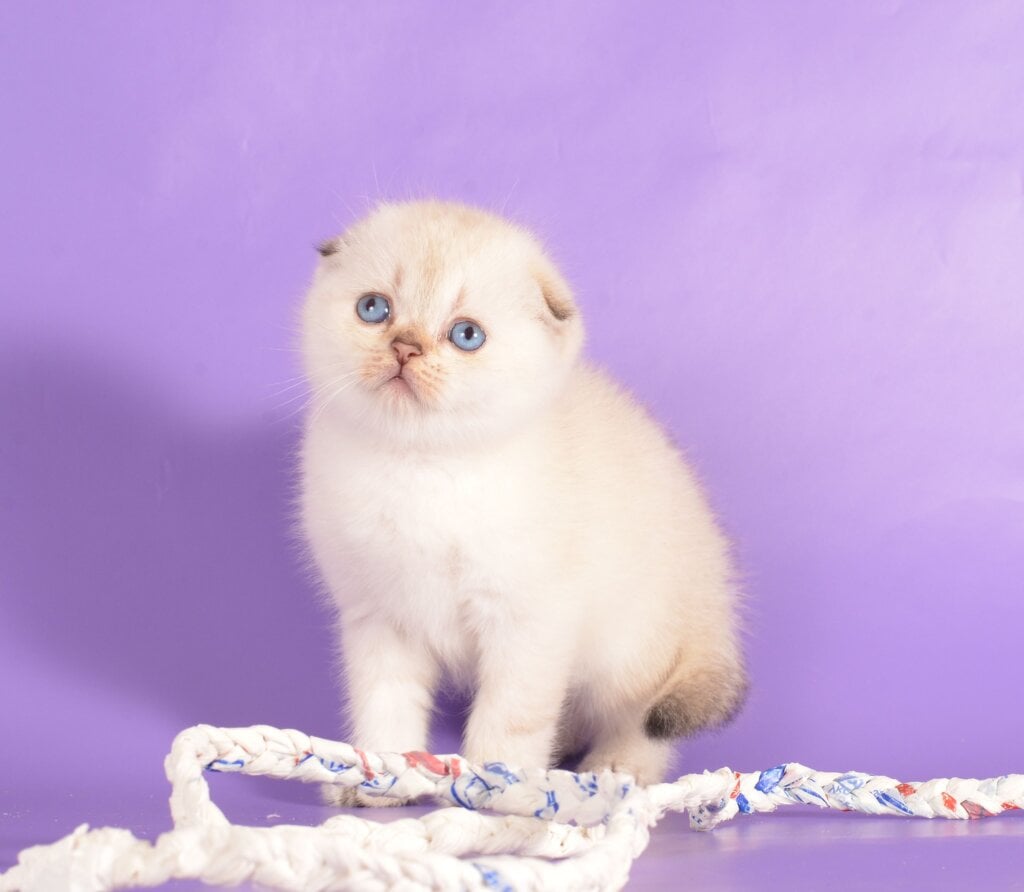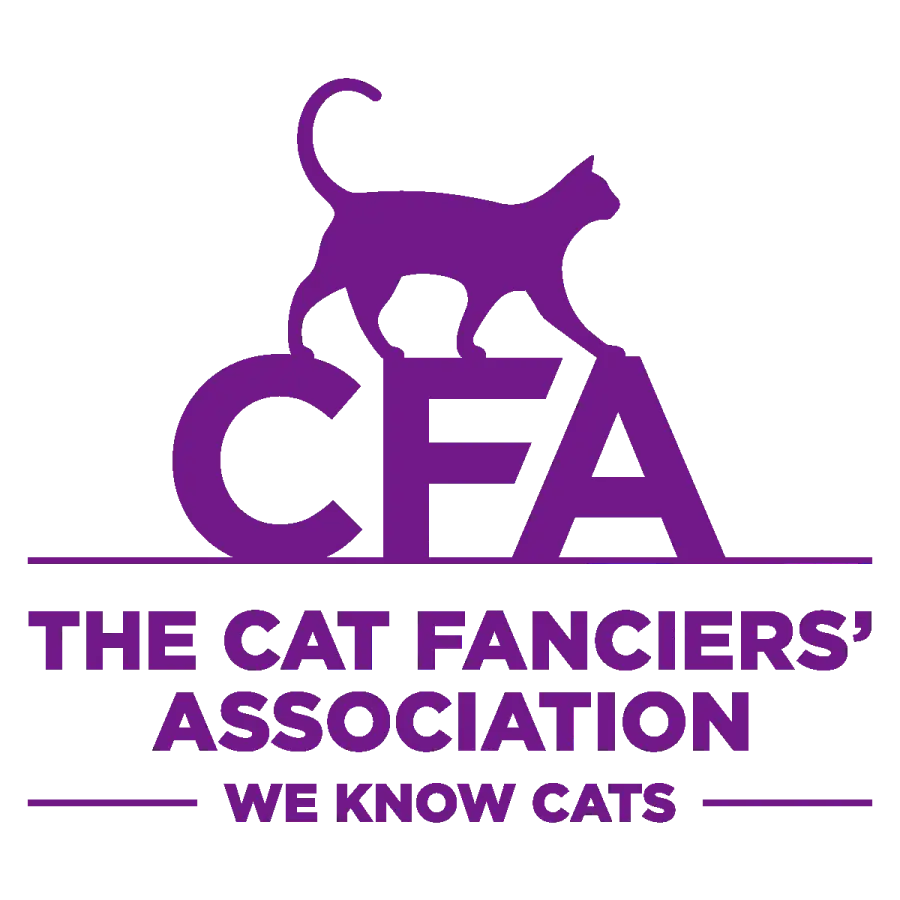British Shorthair cats consume a blend of premium wet and dry food cat chow, formulated for their age and health. Most owners select food with a clean meat source and keep the grains low. Fresh water keeps them healthy.
Snacks like boiled chicken or fish are good. To keep British Shorthairs strong, balanced meals matter most.
Next check out selecting food and establishing the ideal meal plan for your cat.
Core Diet for British Shorthairs
British Shorthairs do well on a protein-based, moderate fat, very low carb diet. Their diet needs to provide all essential nutrients for robust development, sustained energy, and a thick coat. Moisture and hydration are a factor, due to their risk of urinary problems.
1. High-Quality Protein
Protein forms the center of a BSH’s diet. Animal proteins, such as chicken, turkey, fish, organ meats and red meat should be the #1 ingredient in their food. These foods align with a cat’s natural requirements, nourishing muscle development and maintaining their bodies in prime condition.
Adult British Shorthairs require approximately 30% protein in their diet. For variety, stir in cooked chicken, lean steak, or tiny fish pieces. Look for choices that specify actual meats and not ‘meat by-products.’
Treats can help pump up the protein as well–freeze-dried chicken or turkey nuggets are a favorite, and they keep meal times exciting. Always verify the protein content on the label, as British Shorthairs, particularly kittens, require consistent protein to develop and sustain muscle.
2. Essential Fats
Fats are key for energy and coat health. Seek out cat foods that have 15–20% fat, with an emphasis on omega-3 and omega-6 fatty acids. These nourish the brain and maintain supple skin and a glossy coat. Good sources are fish oil, chicken fat and some plant oils.
Don’t overdo it, however. Excess fat is a cause of weight gain this breed is susceptible to. Stick with foods where animal fat is a primary energy source, and steer clear of fillers or superfluous oils.
Regulated fat content keeps joints healthy and energy levels high for both kittens and adults. Wet cat foods, and dry, can often have different fat contents, so check labels for both. A healthy combination of each can assist you control overall fat consumption and maintain the optimal ratio of nutrients.
3. Minimal Carbohydrates
Felines don’t require carbohydrates. British Shorthairs thrive on foods with minimal or no grains, corn, or potato. High-carb diets sometimes can lead to being overweight and might increase the chance of issues such as diabetes.
If you provide snacks, choose those made primarily of meat. Read labels and be on the lookout for ‘grain-free’ or ‘low-carb’ treats, as some will actually slip some rice or flour in.
Learn to identify these components so you can keep your kitty’s carb consumption low and their digestion easy.
4. Vital Nutrients
Vitamins and minerals support everything from eyesight to bone development. Taurine, vitamin A, B12, calcium, phosphorus and potassium are all essential. Check for foods that specifically identify these nutrients or add a touch of cooked pumpkin or spinach for fiber and vitamins.
Requirements vary by age-kittens require higher calories, adults require measured portions to prevent weight gain.
5. Crucial Hydration
Water is critical. British Shorthairs thrive on a combination of wet and dry food, as wet food offers 70 – 80% water. This promotes renal and urinary health.
Refresh water daily and keep bowls clean. A water fountain can assist, as some cats will drink more from moving water.
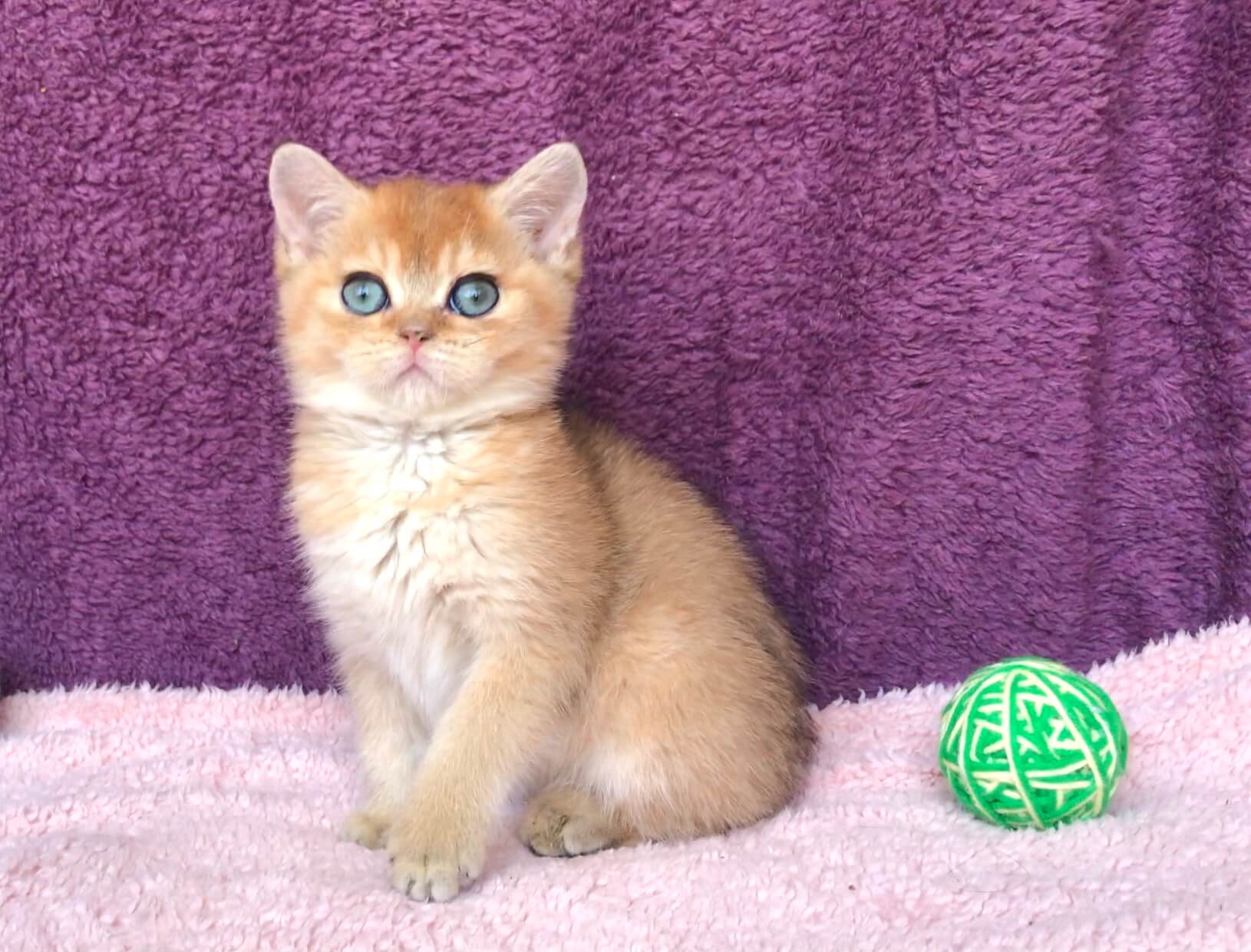
Wet Food Versus Dry Food
Wet vs. Dry for British shorthairs – what you need to consider about health, flavors, and your lifestyle. Each type has its own set of advantages and disadvantages, and most owners discover that a combination of the two is optimal for their cats.
The Case for Wet
Wet food is exceptional for its hydration due to its high water content that keeps British Shorthairs hydrated. This is particularly useful if your cat doesn’t consume a lot of water on its own. Cats that receive additional hydration through their diet are minimized in their risk of urinary tract issues, such as bladder stones or infections, which can be prevalent in this breed.
Wet food typically has more protein per gram in many brands which promotes strong muscles and optimal health. For underweight cats, wet food is a good choice since it’s easy to eat and typically more calorie dense. That makes it a great option for kittens, senior cats, or any cat having trouble maintaining a healthy weight.
Wet food’s soft texture is easier on cats with dental problems or missing teeth, which can make chewing kibble difficult or painful. The scent and flavor is generally more appealing for choosy eaters, so if your British shorthair is picky, wet food can coax them to consume.
The Place for Dry
Dry food is the default for many on-the-go cat owners since it can be left out all day without going bad. The crunch of dry food can help scrub plaque from teeth, providing some dental health benefits, but not in lieu of brushing or cleanings.
Dry food is more energy dense, so a little goes a long way. This also means it’s more easy to overfeed, so you’ll have to monitor portions to manage your cat’s weight. You want to select a quality dry food, in a nice balance of protein, fat and essential vitamins.
For British Shorthairs, who can be prone to weight gain, choosing a healthy weight formula is wise.
A Mixed Approach
A lot of owners have success mixing the two. In other words, this technique gives your cat the advantages of additional water and protein from wet food, combined with the convenience and crunch of dry food. Go slow on the new foods to prevent stomach upsets and be sure to monitor your cat’s response.
Tailor the blend and serving sizes to your cat’s age, activity and health requirements. For example, a young, active cat may require more calories than a senior. Some British Shorthairs will have obvious favorites, so observe what they consume first and adjust your feeding schedule so it accommodates both their requirements and palate.
Budget and Practical Tips
Wet food is more expensive and requires refrigeration, while dry food is less expensive and has a longer shelf life. If your cat has teeth issues, opt for wet food or moisten dry food with some water.
Feeding Across Life Stages
British Shorthairs require feeding across life stages. Each life stage – kitten, adult, senior – has its own protein, calorie and nutrient requirements. Portion size and feeding frequency should correspond to your cat’s age and activity level.
Talk to your vet to stay updated with changes as your cat ages. Thoughtful feeding keeps British Shorthairs healthy and happy at any age.
Kitten Requirements
Kittens grow quickly and require a protein dense diet-roughly 35% protein-to develop muscle and bone. Taurine, which they get from animal proteins, is crucial to their heart, vision and brain. Young kittens require more calories and nutrients than adults, as well.
Feeding 4-5 small meals a day complements their high energy and tiny stomachs. Select kitten-specific formulas as these are designed to suit their special needs.
Kittens’ digestive systems mature, too, around twelve months. Between four and seven months, kittens lose their milk teeth and acquire permanent ones. Protein remains important through this phase, not only for development but maintenance as well.
A nutritionally balanced, kitten-centric diet allows them to flourish into healthy adults.
Adult Maintenance
Once your British Shorthair is fully grown, make the transition to adult cat food. This helps keep their body strong and promotes lifelong health. Adult diets should include a balance of protein, fat and other nutrients to support maintaining muscle and fuel energy, without excessive calories.
British Shorthairs can be less active, so keep an eye on their calorie intake to prevent weight gain. Once a day is enough for most adults.
Monitor their body condition frequently-scale back or increase portion sizes if you notice weight or shape shifts. A consistent, nutritious diet will ensure that your cat remains healthy and at an ideal weight.
Senior Care
Senior British Shorthairs require age-appropriate meals. As older cats have more difficulty absorbing nutrients, their meals need to be easily digestible and stomach-friendly. Foods with joint supporting nutrients, such as glucosamine, help with stiff or sore joints.
Senior formulas with added antioxidants, vitamins, and fiber can help older cats feel better day to day. Keep an eye on your cat’s weight–seniors can gain or shed it fairly quickly.
Add portions to keep it healthy. Speak to your vet if you observe any appetite or energy changes.
Diet and Common Health Concerns
British Shorthair cats require a consistent diet that sustains their muscular build, aids in overall health and prevents common health issues. What they consume is reflected in their health. A healthy blend of protein, fat, and essential vitamins such as Vitamin A, Calcium, Phosphorus, and Potassium support growth and development and it works to avoid acquired problems such as obesity, diabetes, and joint issues.
These felines can encounter inherited heart complications and hormonal changes as they mature, and a nutritious diet ensures they’re in peak condition and fuels critical body functions.
Weight Management
British Shorthairs tend to put on pounds, therefore it’s wise to keep an eye on their figure and weigh them regularly. Even a little gain can strain their bodies. Their daily calorie requirement is somewhere in the range of 44–53 calories/kg of body weight, but don’t just blindly adhere to the figures.
Modify feeding amounts and frequency according to your cat’s activity level and your weight objectives. If your cat is not as active, reduce portions and select low-calorie treats. These goodies help keep em’ happy without adding pounds.
Exercise is important as well. Brief toy or tree climbing bouts of play can help expend energy and maintain weight.
Joint Support
As British Shorthairs grow older, their joints can stiffen. Their diet should promote mobility as well, particularly in older cats. By supplementing with nutrients such as glucosamine and omega fatty acids, you can help joints remain limber.
Some foods are formulated specifically for joint support, and these are worth considering if your cat is aging or becoming stiff. Monitor their motion – if you notice it altering, discuss supplements or a diet change with your vet.
Urinary Health
Drinking water is important to urinary tract health, which is why wet food is frequently recommended by veterinarians for these cats. British Shorthairs can be prone to urinary crystals and tract if they don’t consume enough water.
Choose those that are labeled for urinary health, which tend to keep the pH balanced and reduce the risk of issues. Just be sure to monitor litter box habits–more frequent trips or straining can indicate trouble. If you notice shifts, be quick and seek a vet.
Routine check-ups help you catch small issues before they grow.
Dental Care
Crunchy kibble cleans teeth by scraping off soft plaque. Dental treats can bite at healthy gums. Don’t miss vet visits for dental checks. Early care equals less major issues.
Examine teeth and gums at home every now and then. Look out for red gums, or foul breath.
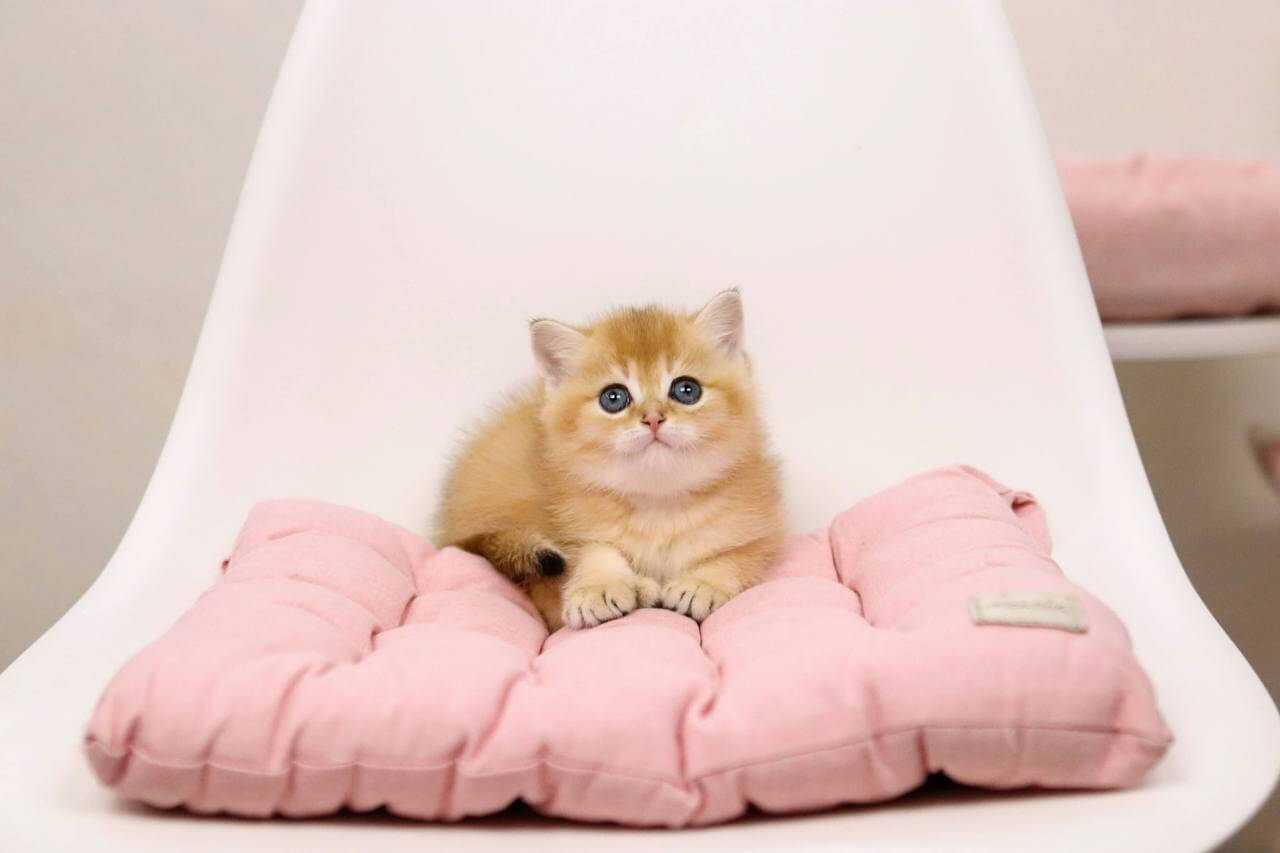
Decoding Commercial Food Labels
So making the right commercial food choice for your British Shorthair is about reading into the bag. Food labels provide hints about ingredient quality, nutritional value, and whether a product was designed for your cat’s age and specific needs. Being able to read and compare these labels aids you in making a confident, informed decision.
Ingredient List
Watch those first ingredients–they are most of the food. Seek out actual meat – like chicken or salmon – as the first ingredient. This leads to premium protein – something British Shorthairs require to remain robust and fit. Steer clear of meals that tout things like corn gluten meal, wheat, or animal by-products up top. These fillers don’t provide a lot of nutrition and can push aside superior ingredients.
Ingredient lists can be deceiving. Ingredients are listed by weight, not by nutritional value. Fresh meat has a high water content, so while “chicken” might be at the top now, it would fall lower if the water was taken out. If you thought pet food names were made-up too, they have rules-if a label says “with beef,” the food has to have at least 3% beef.
Familiar ingredients, like whole eggs or sweet potatoes, introduce balance and indicate higher-quality sourcing. Brands that tell me where and how they source their ingredients are the most likely to provide a reliable product.
Guaranteed Analysis
High protein, moderate fat. For British Shorthairs, a dry food protein between 30–40% and fat around 15–20% (dry matter basis) work well. The guaranteed analysis will display moisture-crucial to keeping your cat hydrated, particularly if they consume predominantly dry food. Higher moisture equals more water, which is great for cats who don’t drink a lot.
Look for fiber. British Shorthairs are known to put on extra weight, so some fiber goes a long way for digestion and weight management. You can calculate carbs by taking protein, fat, moisture, fiber, and ash percentages away from 100%. Lower is better when it comes to carbs because cats don’t require a lot of starch.
Nutritional Adequacy
Look for the AAFCO nutritional adequacy statement. This verifies the food is complete and balanced for a specific life stage, such as “adult maintenance” or “all life stages.” For kittens, select growth; for adults, maintenance. AAFCO standards aren’t perfect but they’re a good floor for safety and nutrition.
Balanced nutrition fuels immune health, coat shine, and vitality. Track labels over time. Brands can switch formulas or sourcing, so check every new bag or can.
Compare Brands
Check labels and watch for reliable, transparent ingredient sourcing. Keep an eye open for those huge lists of additives, fillers, or gums like carrageenan that can wreak havoc with sensitive felines. Animal fats like chicken fat or salmon oil help promote skin and coat health.
Change brands if you spot too many changes in ingredients or your cat has trouble digesting. Look for brands that appreciate openness and support their nutrition.
The Role of Treats
Treats not only spoil your British Shorthair–they assist with training, bonding and even keeping your cat’s teeth clean. Select treats cautiously, employ them properly, and you can contribute immeasurably to your cat’s quality of life without endangering their health or their waistline.
Healthy Options
Low-fat, high-protein treats are best for British Shorthairs. These cats require more protein and less fat to help maintain their muscular physique and prevent unnecessary weight gain. Freeze-dried meat or fish treats, such as chicken breast or salmon, do the trick. They’re full of protein and contain no additional fillers or sugars.
Homemade treats are another great option if you want to regulate what goes into your cat’s treats. Quick recipes with boiled chicken, boiled eggs, or catch of the day in tiny tuna chunks (sans salt, oil) are a-okay. Always verify that ingredients are cat-safe–avoid garlic, onions or anything spicy.
Switch up the treats to keep things fresh! Rotate between chicken, turkey or fish so your British Shorthair doesn’t get bored. You can include dental chews too, every now and then – they minimize tartar and promote good oral hygiene.
Portion Control
Treat sizes need to be measured to ensure you don’t overdo it. British Shorthairs tend to gain weight, so even healthy treats should be administered sparingly. Establish a daily limit around your cat’s overall calorie requirements – treats should account for no more than 10% of their day.
Use treats primarily as behavior or training rewards. Rewarding your cat with a treat after they sit, come when called, or use the litter box reinforces good habits. That way, you can incentivize your cat without too many additional calories.
Monitor your cat’s weight, particularly if you administer treats often. Tweak the quantity if your cat begins to put on or lose weight. Some owners find treats useful for tricking their cat into taking medicine or supplements, lessening the stress for both kitty and mom or dad.
What to Avoid
The fact that a food is safe for humans doesn’t mean it’s safe for cats. Among the typical are chocolate, onions, garlic and grapes. Even little bits can be deadly, so double check before you offer to share from your plate!
Avoid cat treats packed with fillers, artificial colors or flavors. These can unsettle sensitive stomachs and sometimes elicit allergies. Observe for symptoms like itching, vomiting or diarrhea after sampling new treats.
As a real human don’t use treats as meal replacements. Your British Shorthair requires the proper balance of protein, fat and vitamins. Treats are bonuses–not the menu.
Building Positive Habits
The role of treats – Use treats to help your cat feel safe during grooming or vet visits. Socialize kittens or shy adults with treats when they approach you. Serve a dental chew at bedtime. Limit treat-giving to special occasions.
